Meet Jim Little.
Jim makes his own kombucha and smokes his own char (and generously shared both with us).
But what Jim is perhaps better known for is starting Iqaluit’s first and only composting program under the non-profit organization called the Bill Mackenzie Humanitarian Society back in 2004. For the following nine years, Jim organized weekly compost pick-ups from 100 participating households and drop-offs at his composting site near the landfill. The program came to a halt when his ol’ jalopy broke down in 2013.
Many people are surprised that composting is possible in the Canadian Arctic. Academic researchers are even more surprised that achieving “Class-A” soil – pathogen-free soil fit for agricultural use – is further possible. Freezing ambient temperatures above and sub-zero permafrost below pose some challenges, but Jim focuses on the positives, like lower labour costs and no pests. And he’s not the only one vouching for this green initiative. From the Nunavut Food Security Strategy:
Other northern jurisdictions have demonstrated viable greenhouses, composting systems, farms, fisheries, and bakeries that may have similar success in Nunavut. The resourcefulness of people exploring new ways to grow food in Nunavut should be supported.
In a recent interview with the CBC, Stephen Leyden, President of the Iqaluit Community Greenhouse Society, noted that one of the biggest costs of running the greenhouse is dirt. No surprise then that the Greenhouse is supportive of a composting program that would not only help with local food production but would also divert waste from the dump.
Composting in Iqaluit in 2014
Given recent events (read: flaming dumpcano), calls for improved waste management encouraged Jim to revitalize his composting program earlier this year. He now has a fancy, new-to-him flatbed pickup truck and a bunch of pristine, green composting bins – all of which he paid for out of his own pocket. At the moment, he has almost two dozen participating households, including several City Councillors who are interested in learning more about the potential for composting in Iqaluit.
Composting in Iqaluit is still a one-man show, and Jim is starting to ask for help. On a larger scale, more public support for the program could influence bureaucrats and funders and really solidify compost as a viable waste management option in Iqaluit. More urgently, Jim reached out to see if anyone could help out with his pick-ups while he was out of town. That’s where we came in.
That’s right. Yesterday, September 6th, 2014, these two bloggers traded in our keyboards for nitrile gloves when we took over the compost pick-up in Iqaluit. Here’s how it works:
1. Program participants collect organic waste in green bins (provided by the compost program). A description of what counts as organic material is available on Compost Iqaluit’s now defunct blog.
Participants buy into the program ($25 annually) to receive a green bin and have their names added to the pick up list.
2. Every two weeks, the compost truck drives around town to pick up the waste.
3. The bins are emptied onto the flatbed of the truck.
4. Once all the waste is collected, it is brought to the compost site on West 40.
This is when normally the non-biodegradable bags would be removed and the job would be over. But this is Iqaluit, and we have a burning dump, and sometimes normal just doesn’t happen.
We were aware that the City had limited access along West 40, which is the road that leads to the dump, because it is currently being doused with water (yeah, that’s right, they’re putting the dump fire out). That’s why we called the City the day before to ask them if we would be able to access the compost pad – and were told yes, definitely we would. Imagine our surprise when we drove up to the compost site and were confronted by a large hose and two blue barricades. Perhaps this was a simple miscommunication, and we place no blame on the City or its workers as it is a contracted company that is currently fighting the fire, but an inconvenience nonetheless: there aren’t many places around town where you can safely store a truck FULL OF ROTTING FOOD.
So what did we do? We continued driving right up to the dump itself, and for perhaps the first time in history, a trip to a burning pile of garbage resulted in something good! After explaining our (quite evident) problem to Blaine, one of Iqaluit’s firefighters, we were introduced to Saviour Steve, a City worker with a front-end loader and a big heart. Steve, who could get to the compost pad via a service road that is not accessible by car, suggested we dump the compostables into his loader. And that we did.
Our sincere, sincere thanks to both Blaine and Steven for being so patient, understanding, and helpful. You have saved us from unquestionable death-by-ravens and/or extreme hatred from Jim’s neighbours.
Needless to say, on a non-dump-fire-fighting day, the compost program in Iqaluit works well. It’s a lot of work (especially for Jim – how does he do it?!) but we think it’s worth it, especially if more people participate. Which brings us to our next section…
How You Can Get Involved
Want to learn more about composting in Iqaluit, how to join the program, or volunteering? Fill in your contact details below to receive more information. You can also access the same form here.
Be sure to check out our recent post about other ways to make Iqaluit more sustainable. And as always, if you want to learn more about composting in Iqaluit or any other topics on the blog, feel free to send us a tweet or leave a comment below! And now, more photos of us with rotting food.

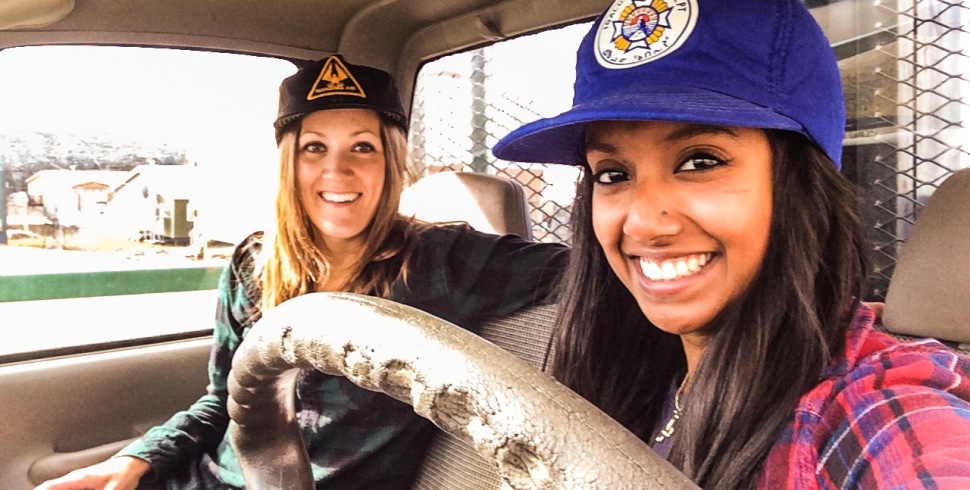


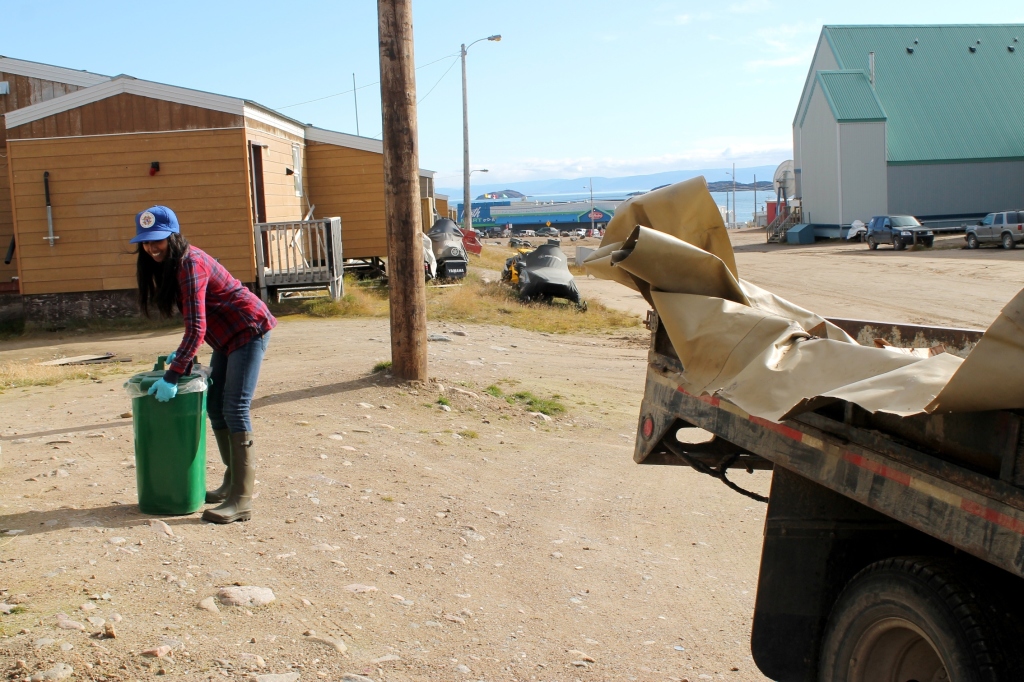
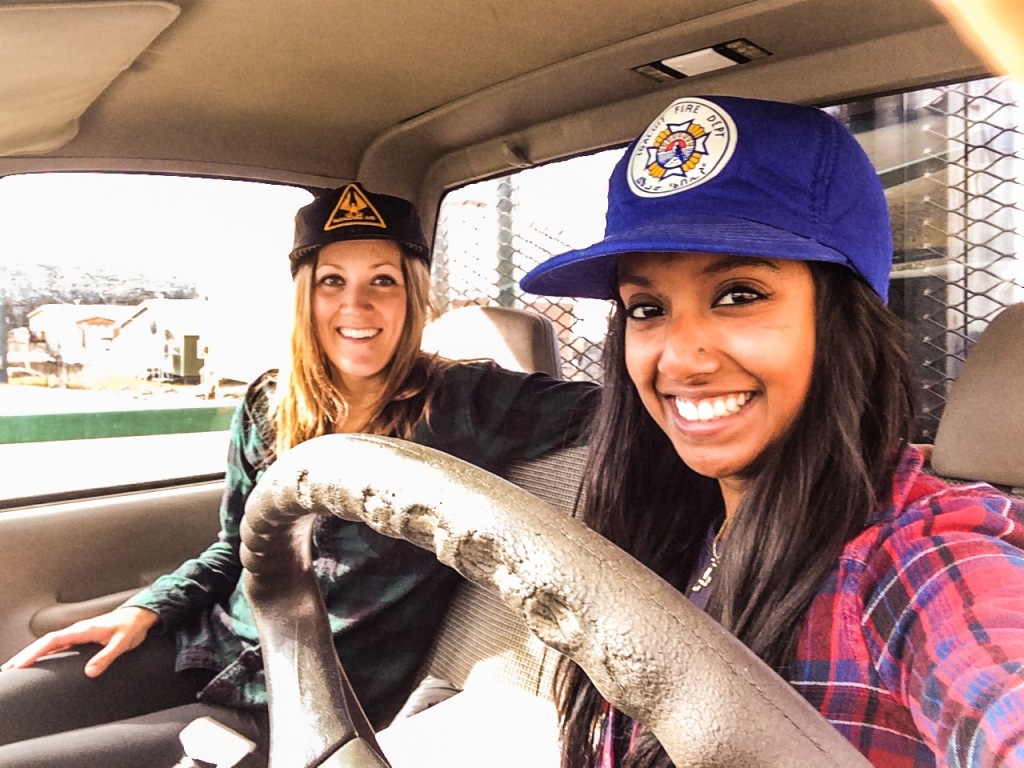
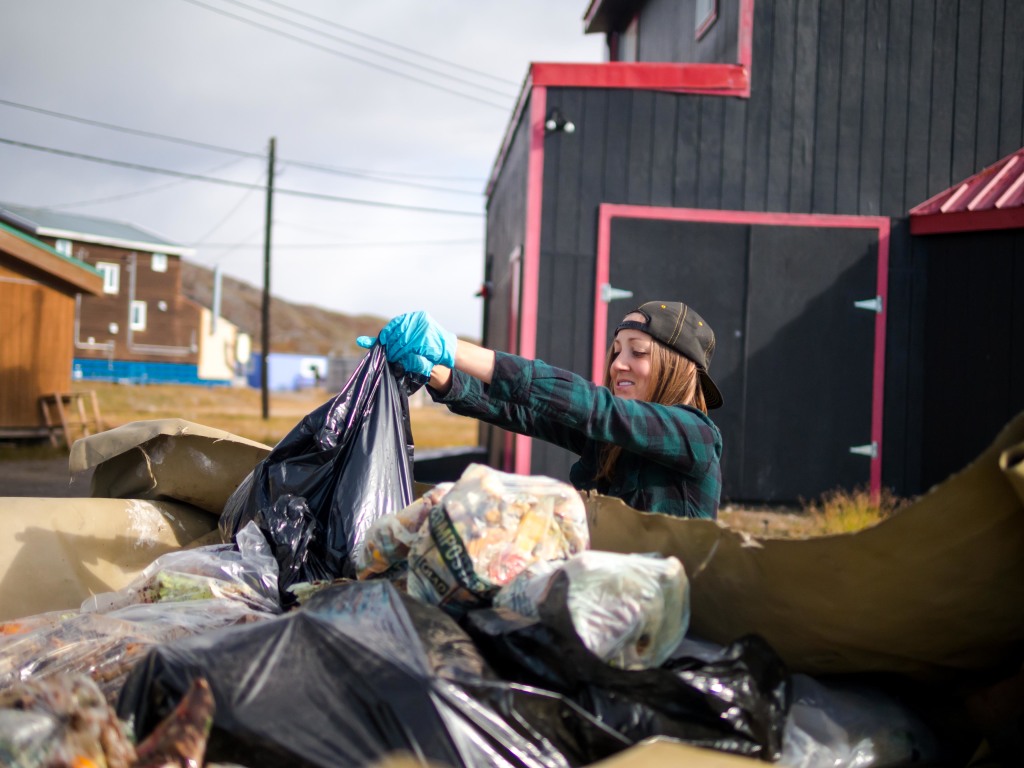
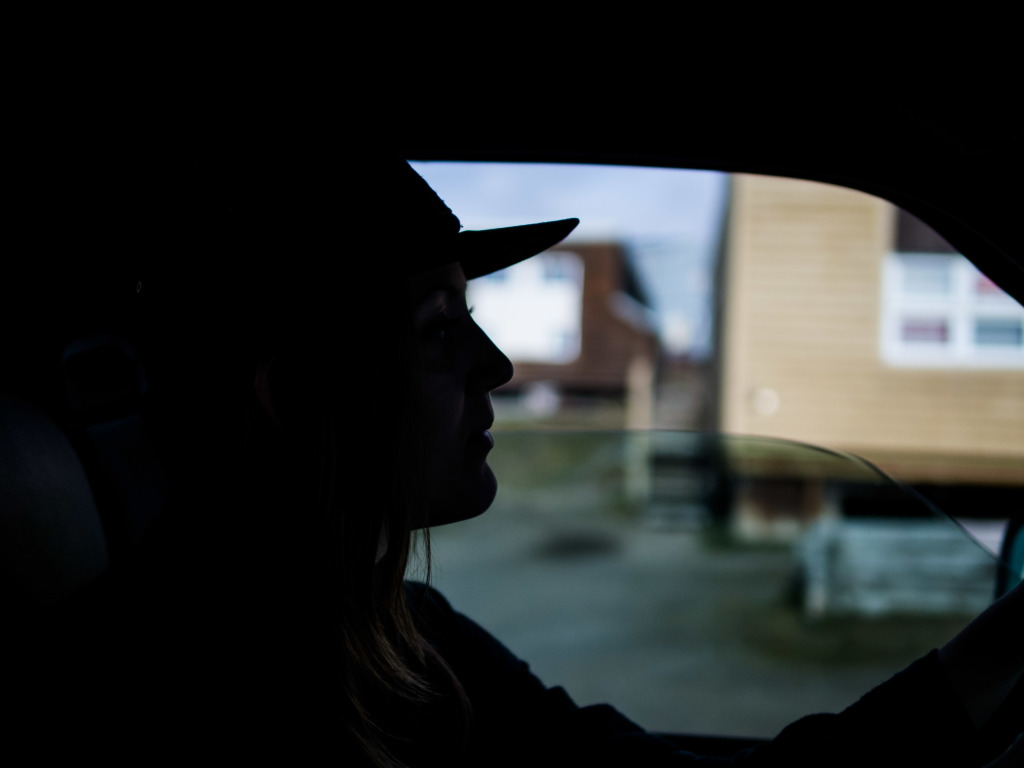

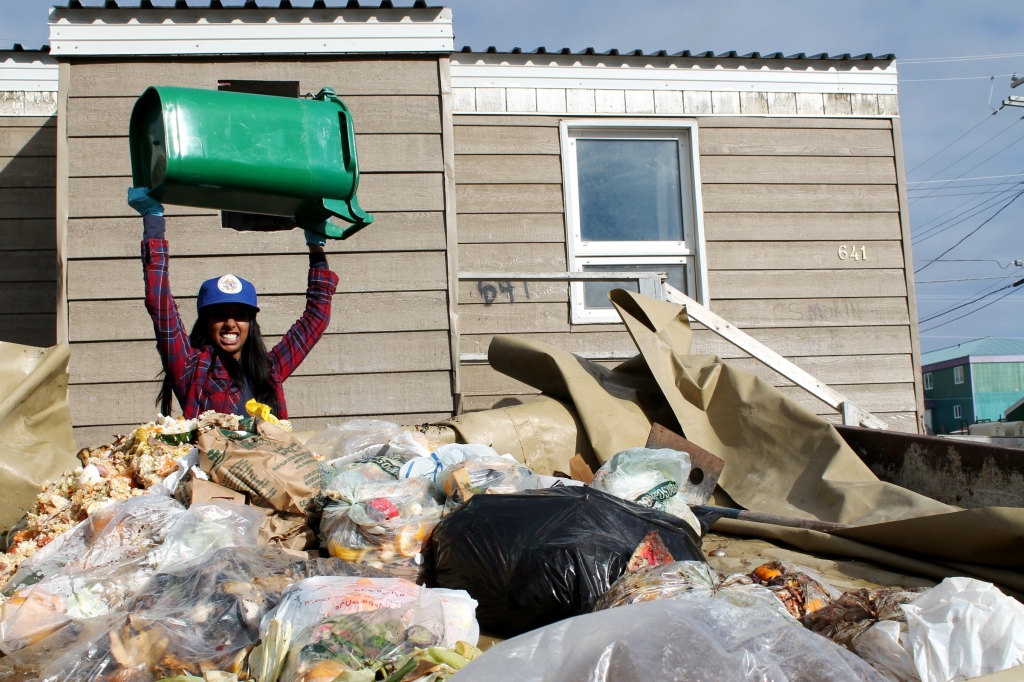
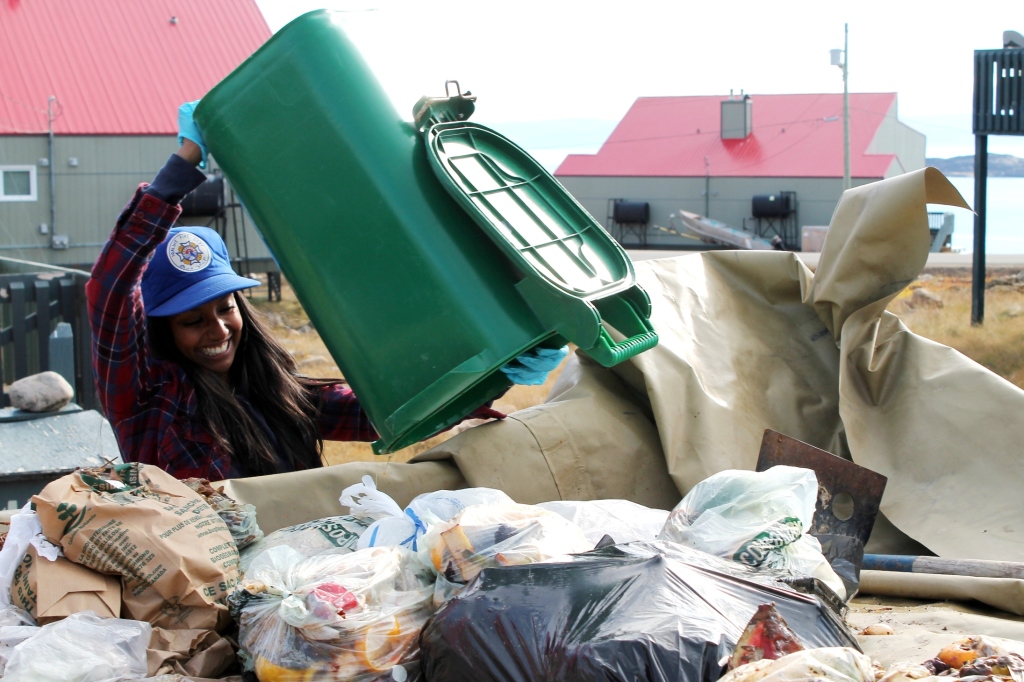
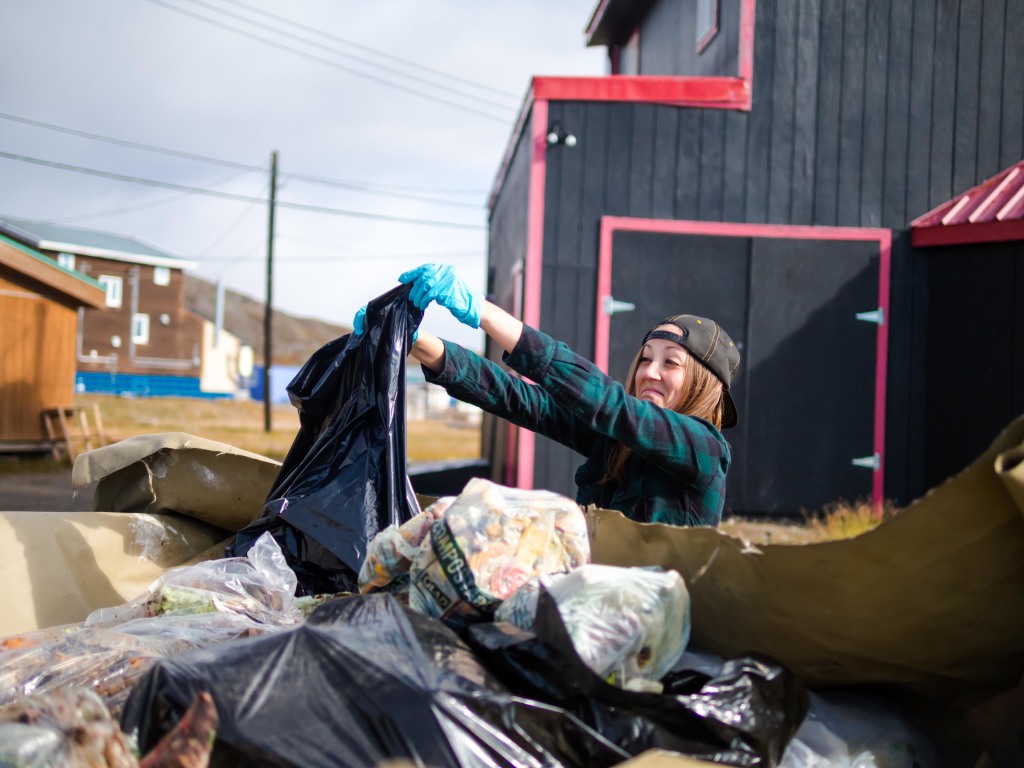
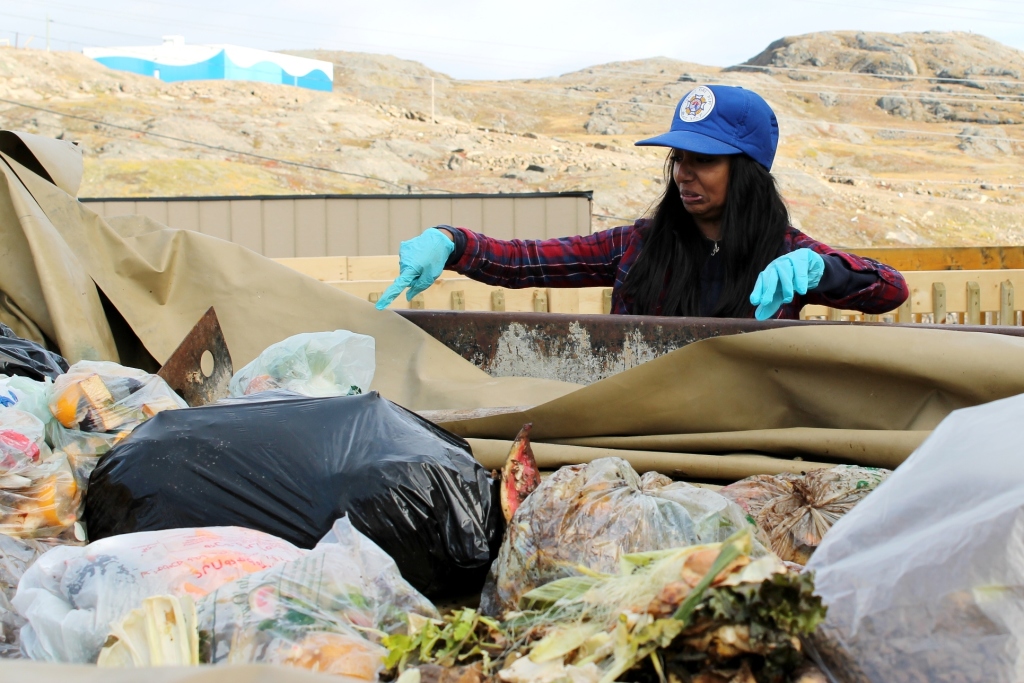
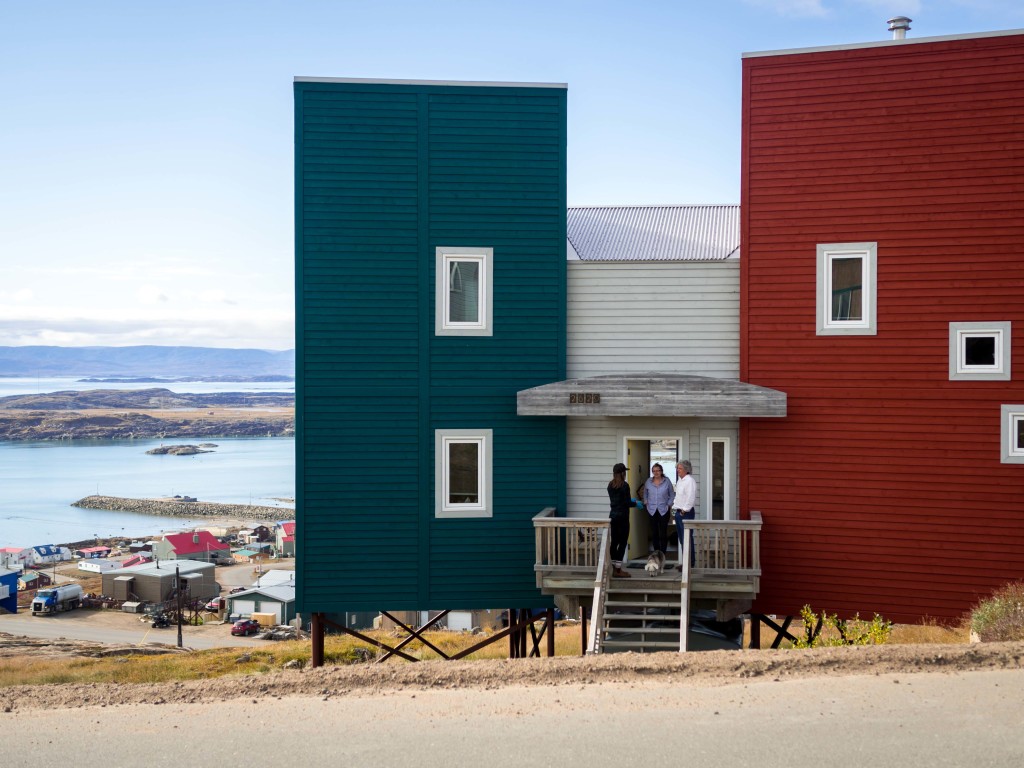

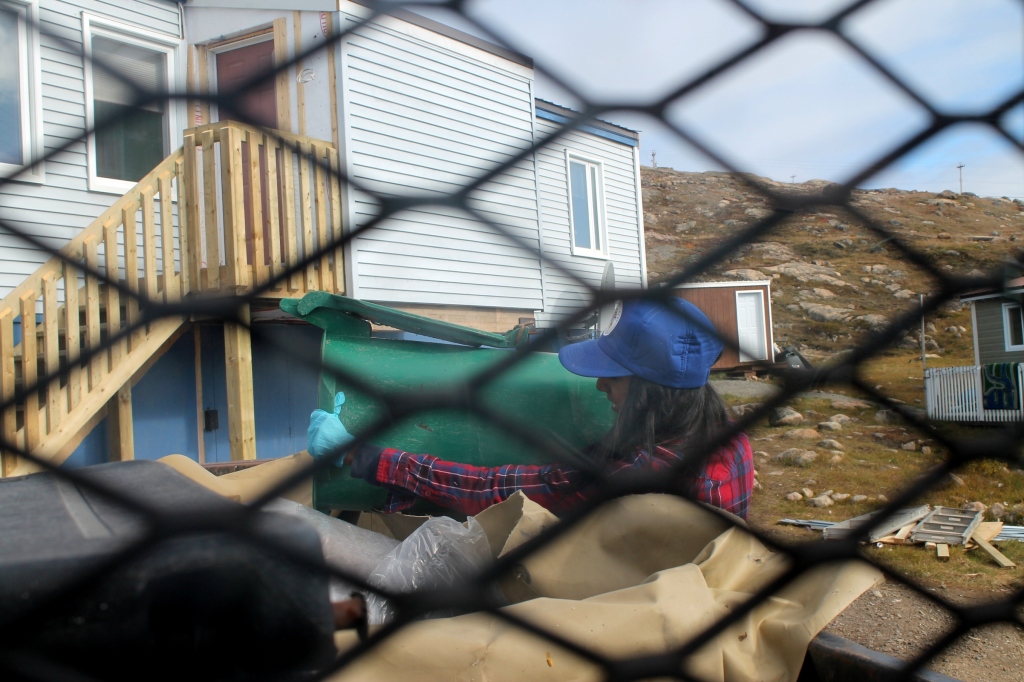
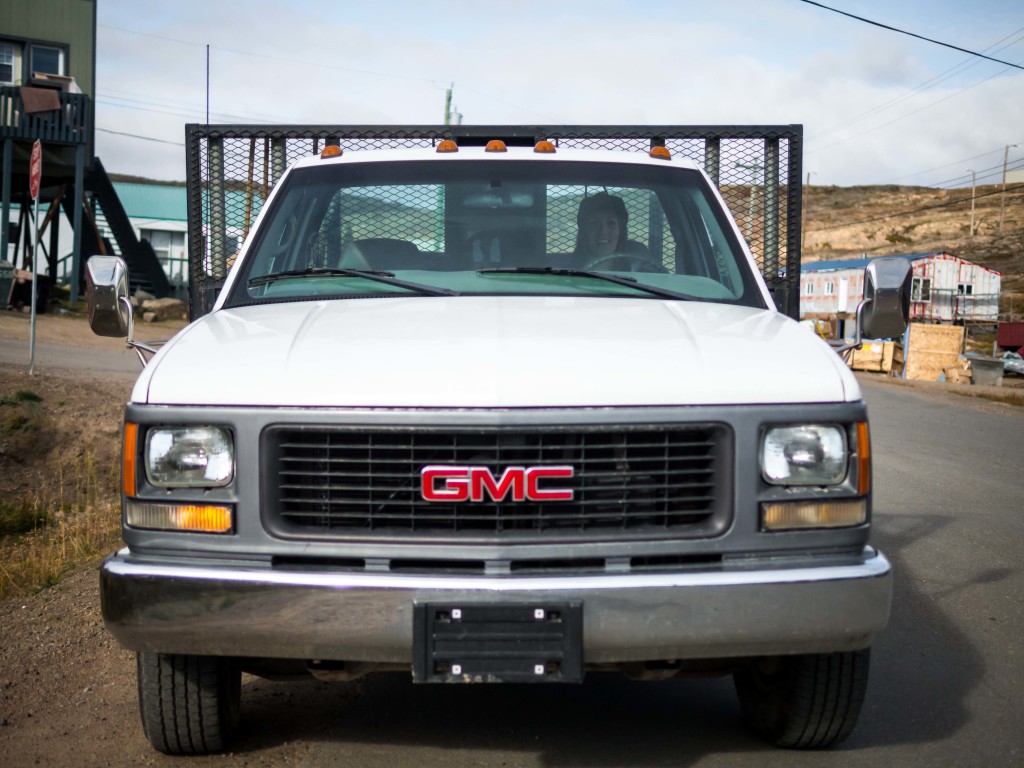
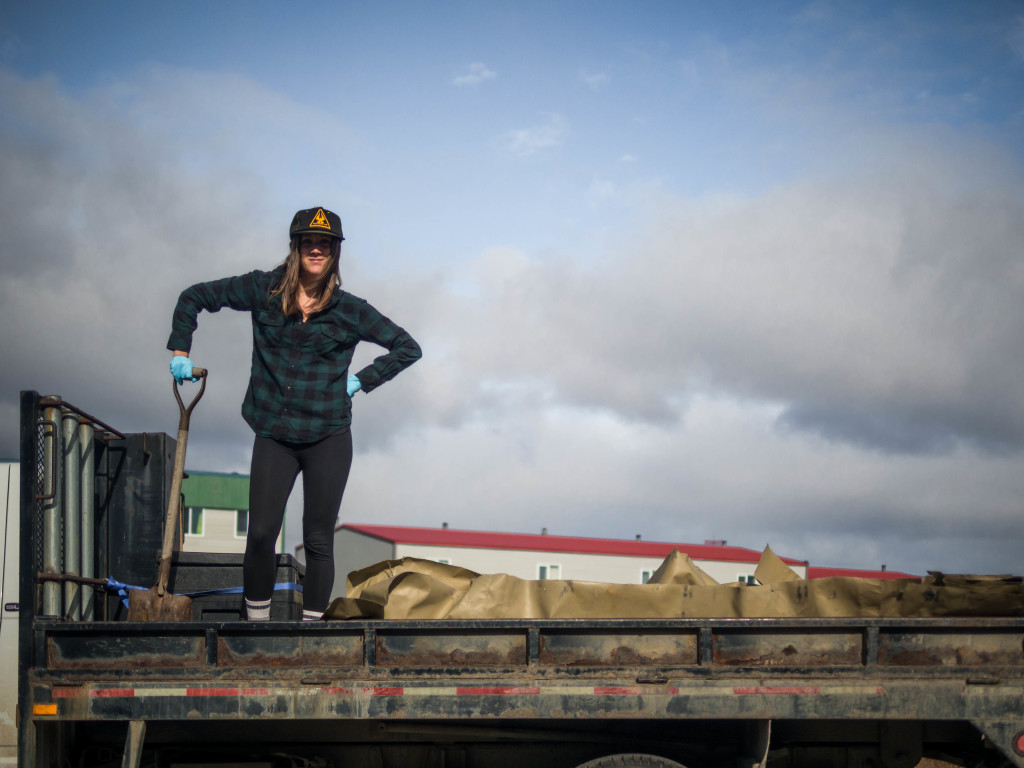
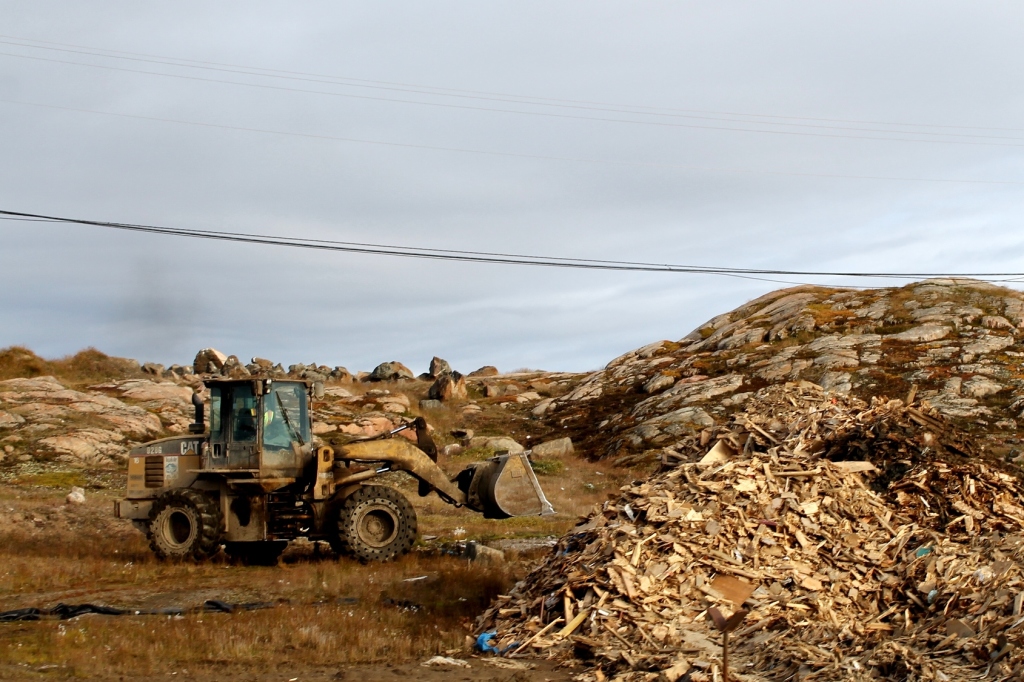

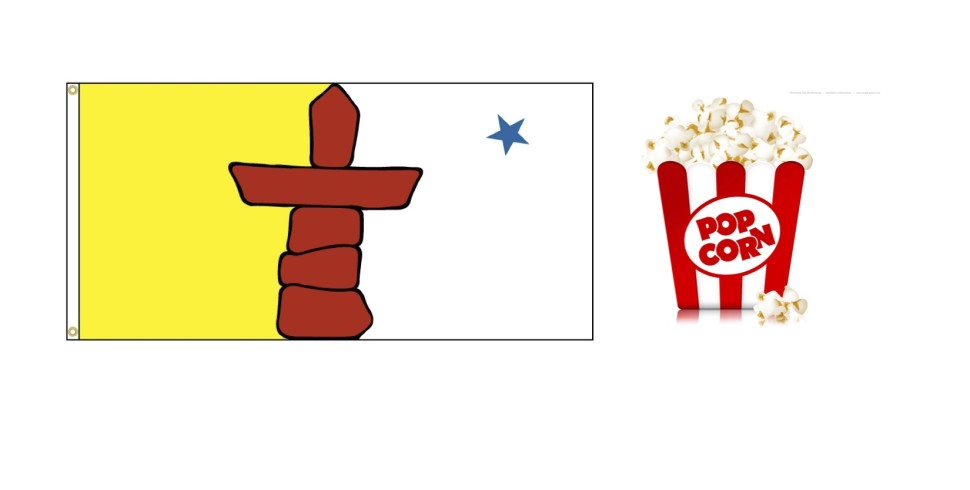
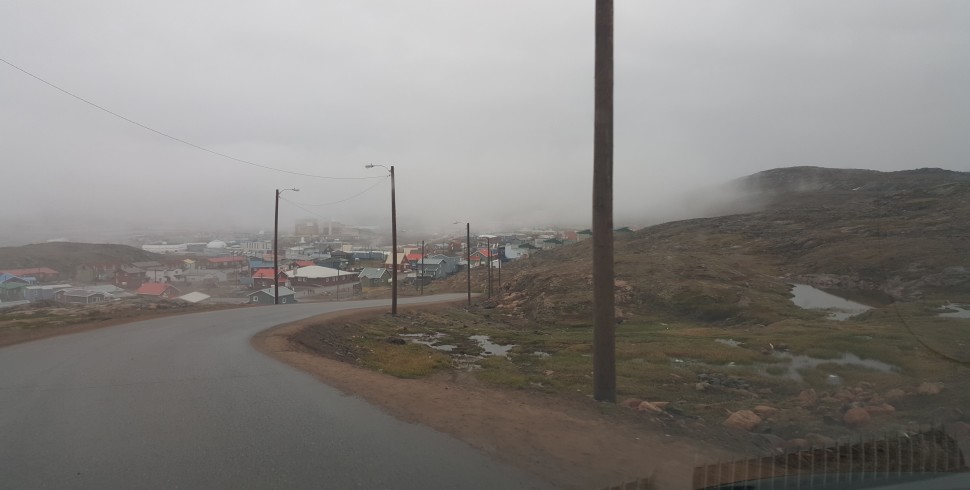


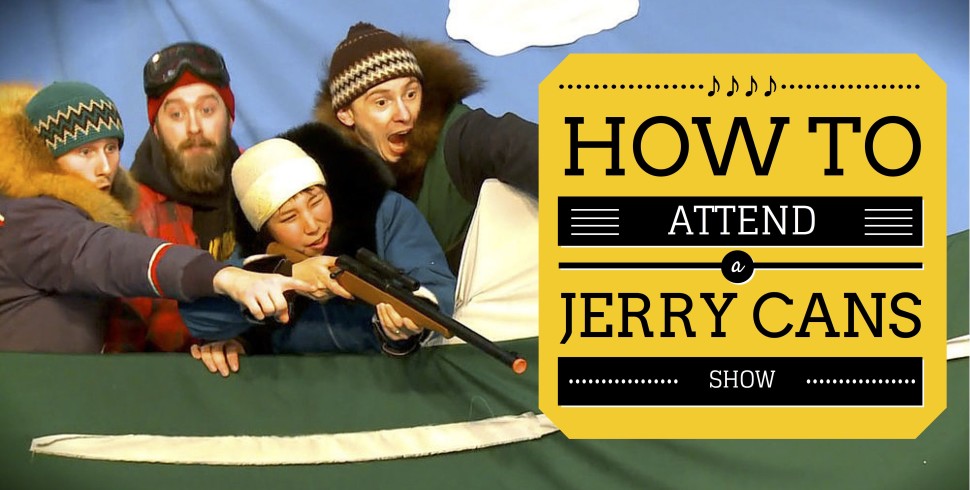
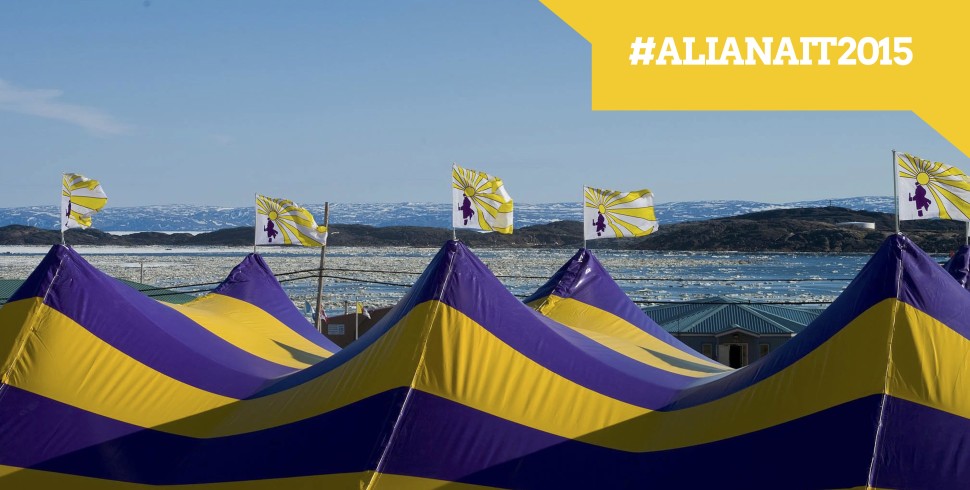
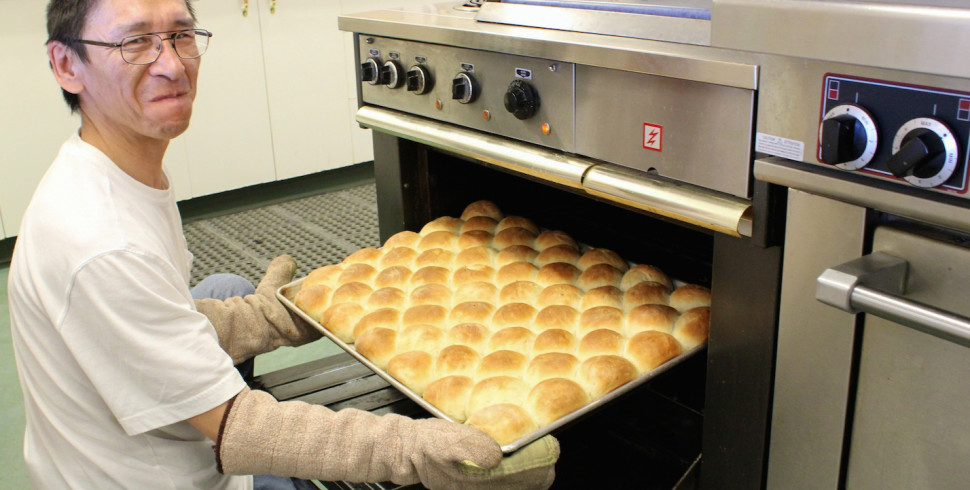
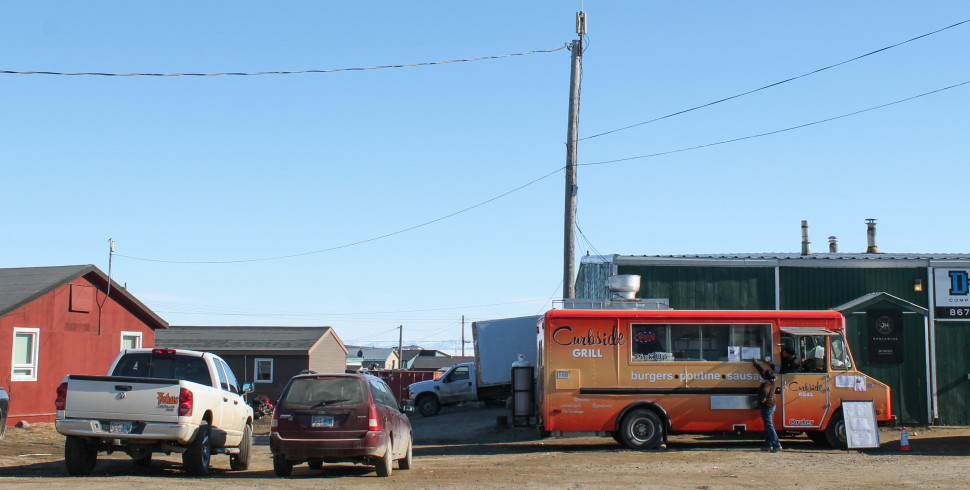

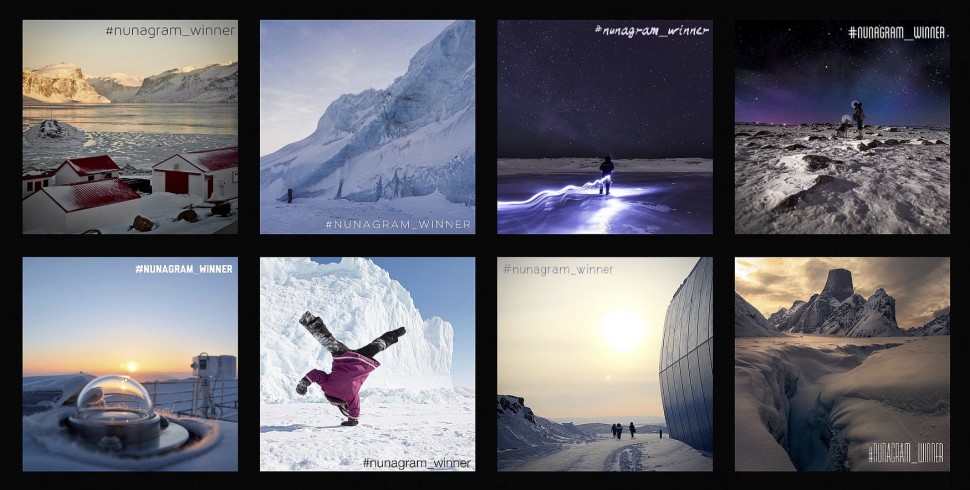
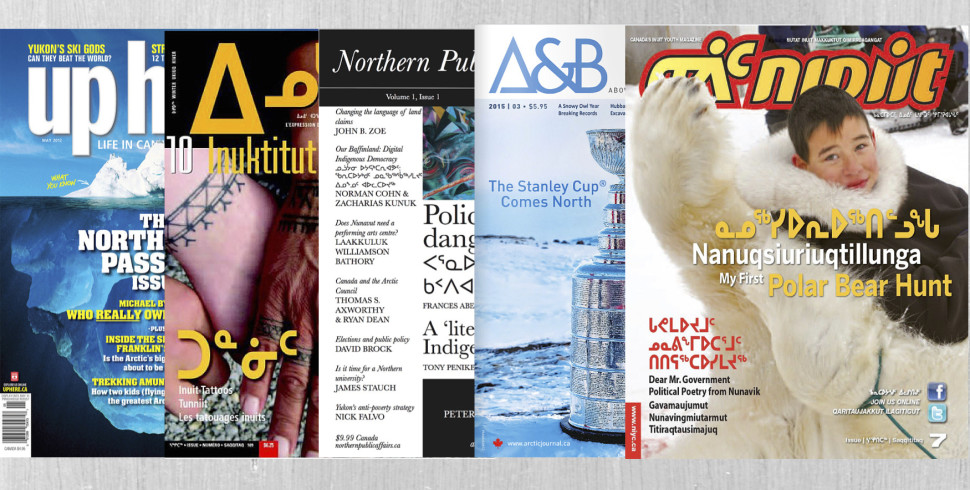

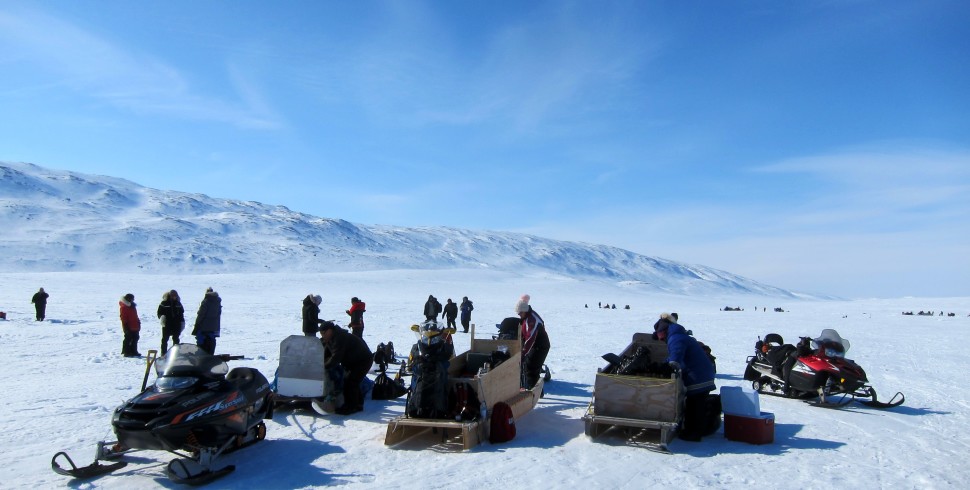
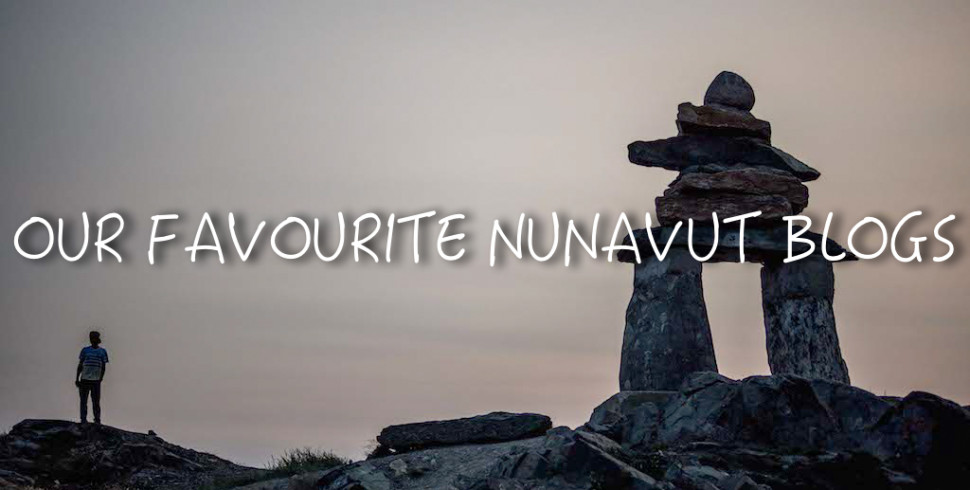
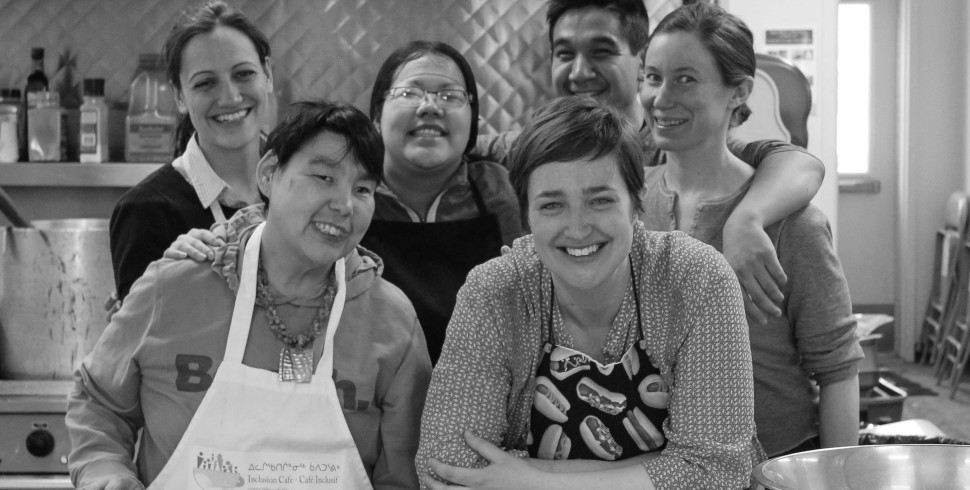

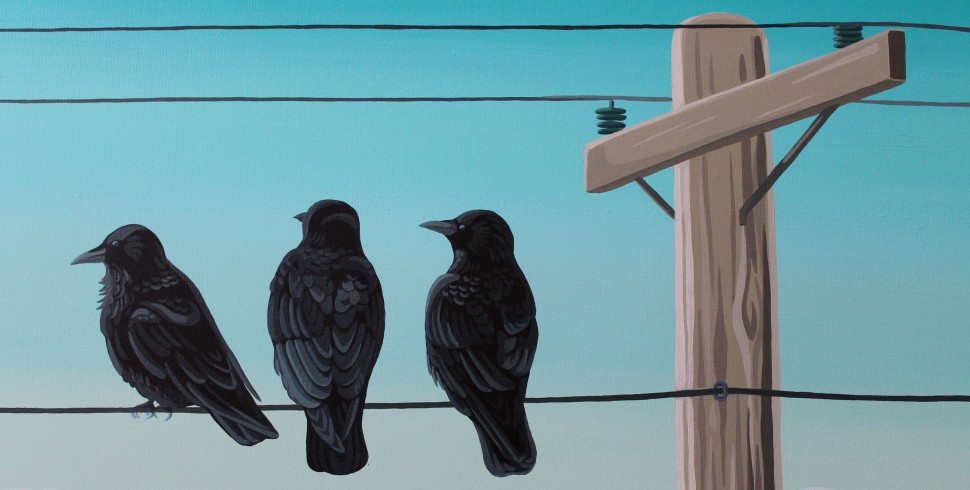

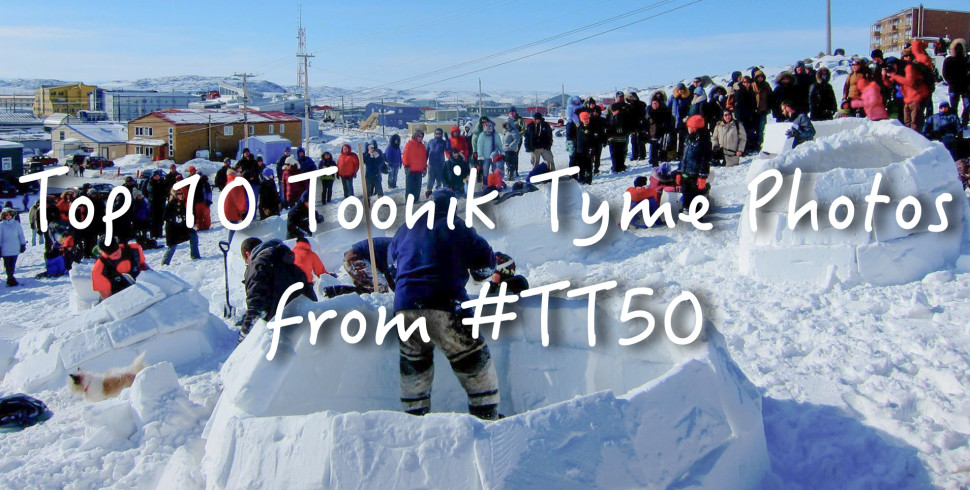
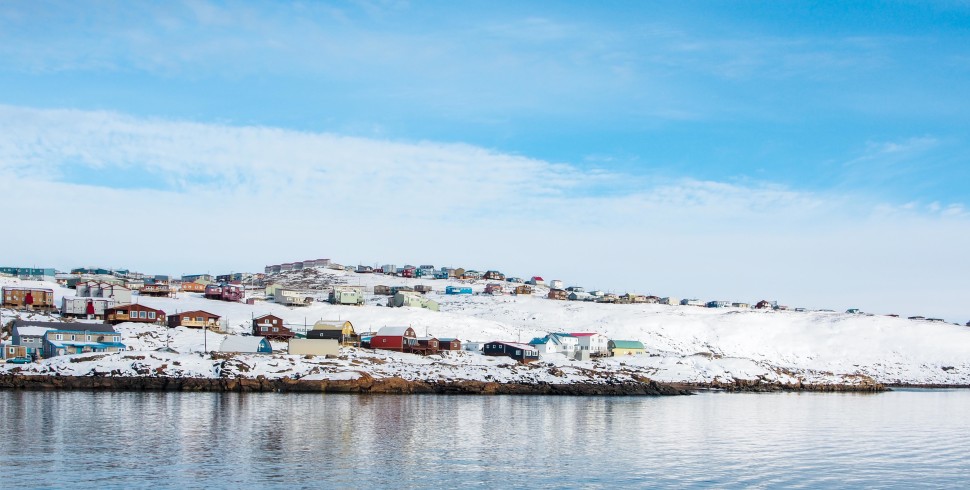

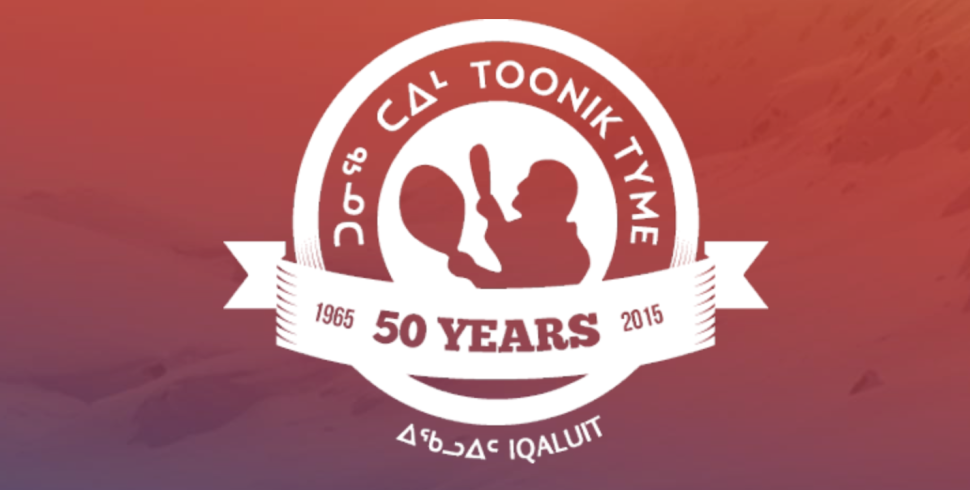
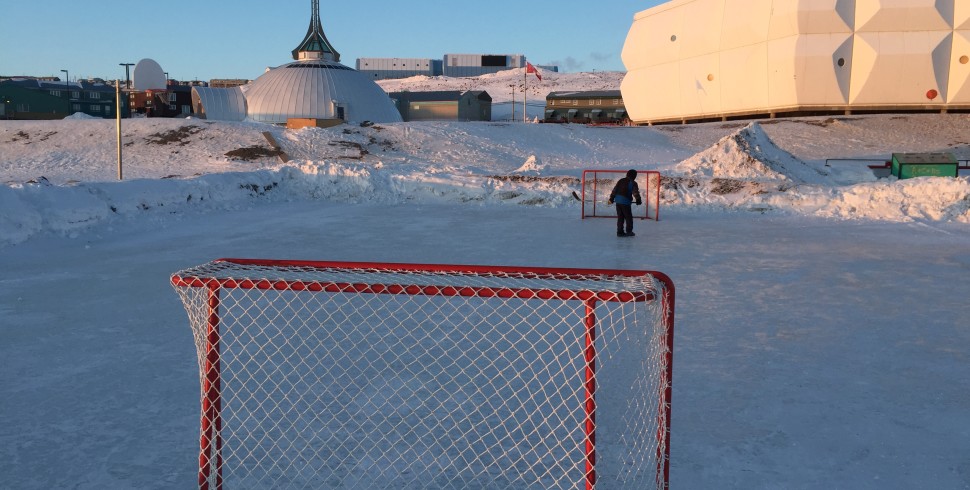


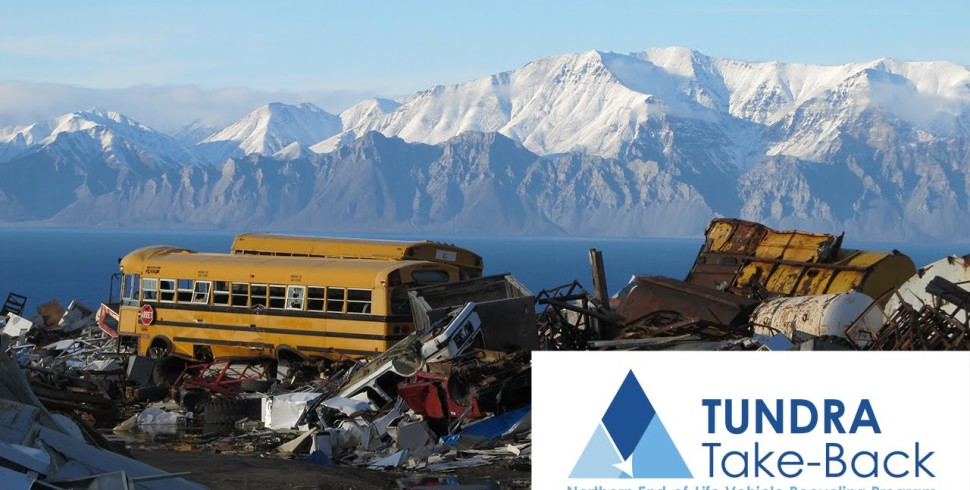
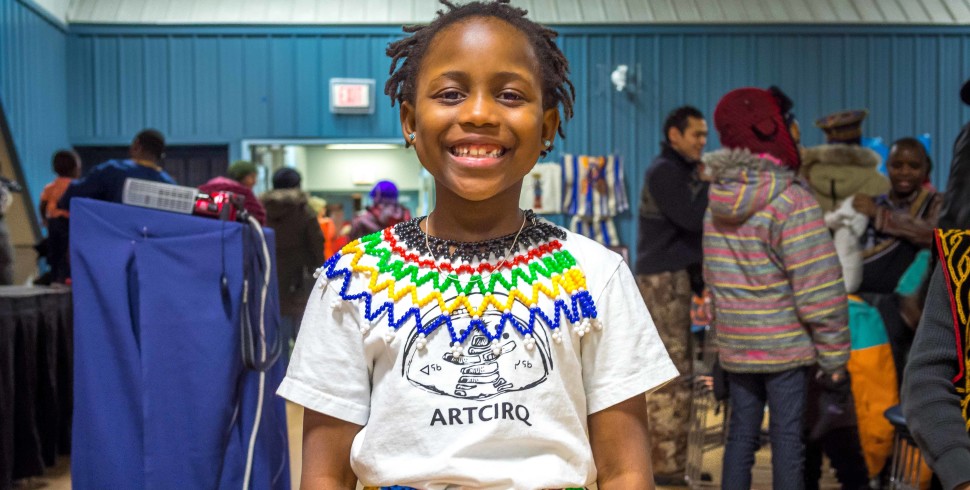
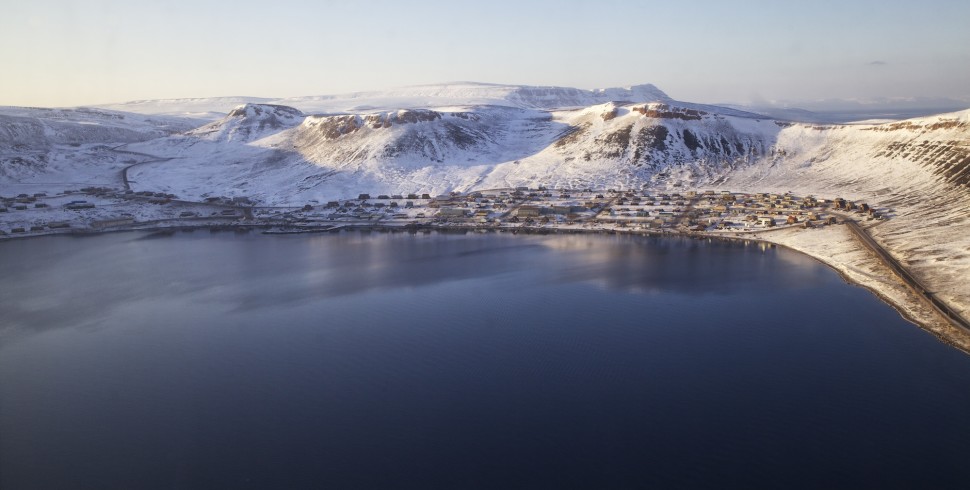
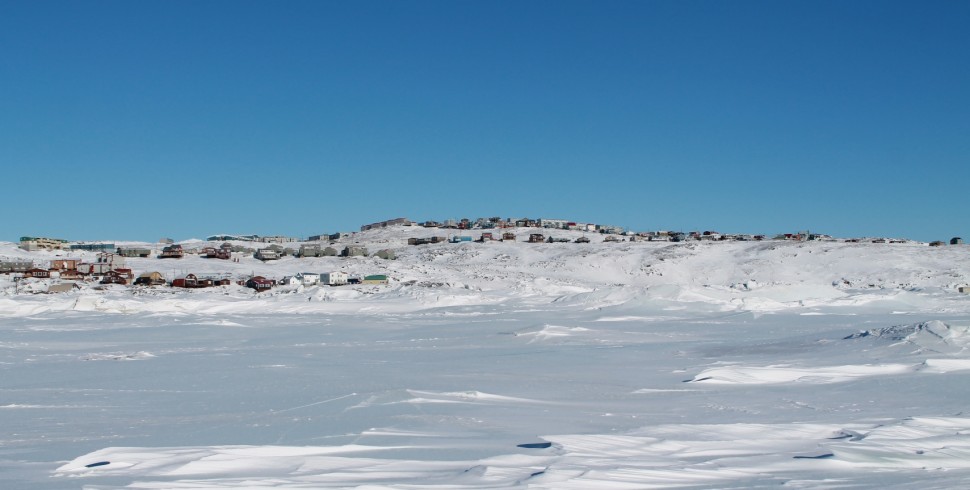
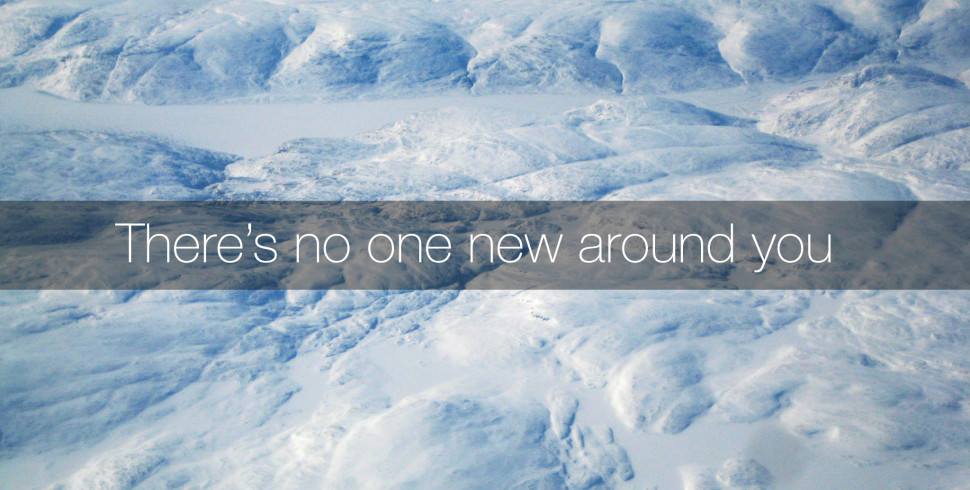
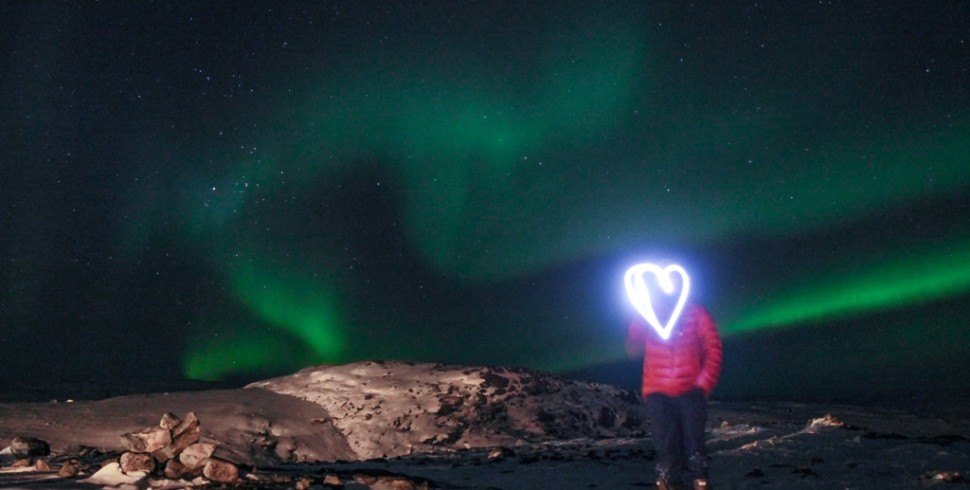
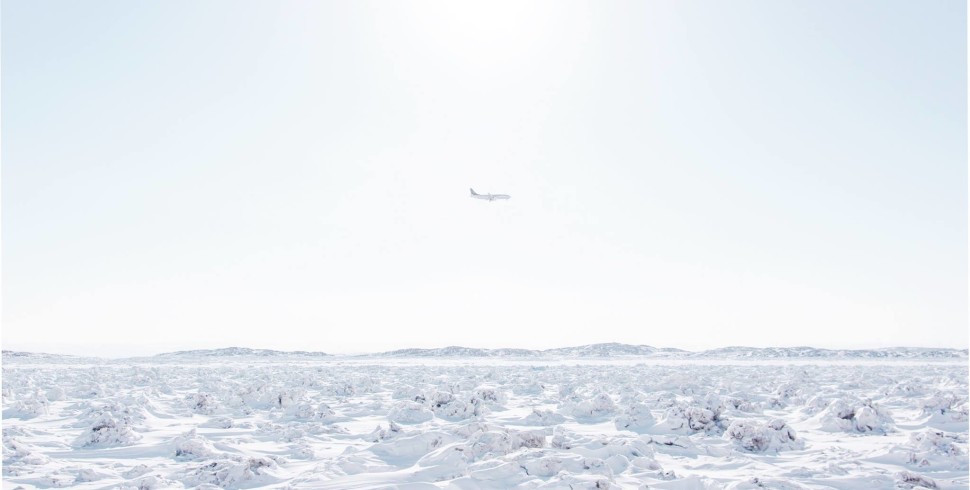

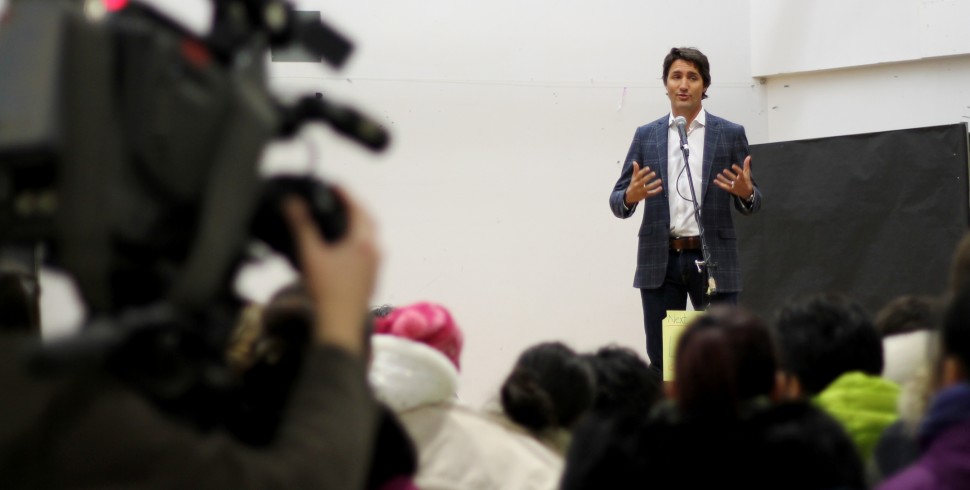







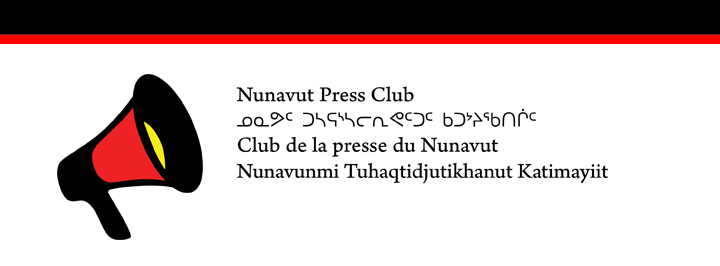
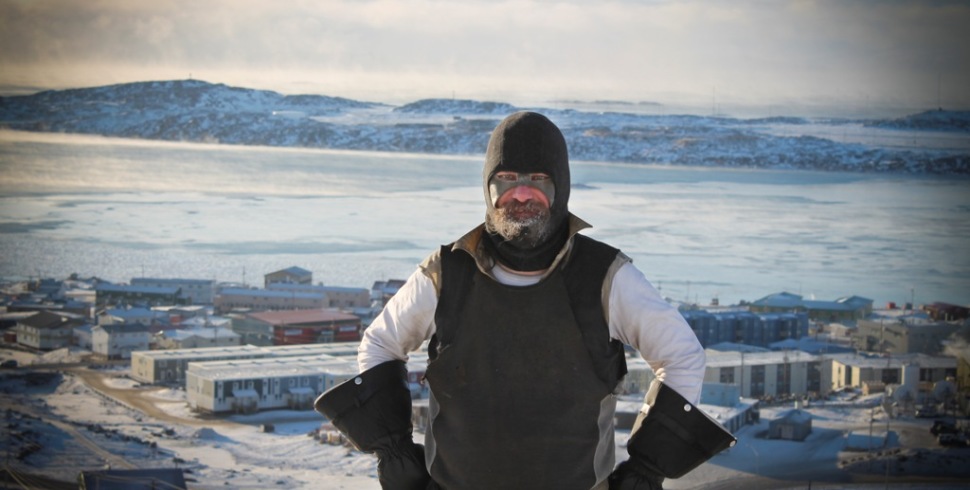
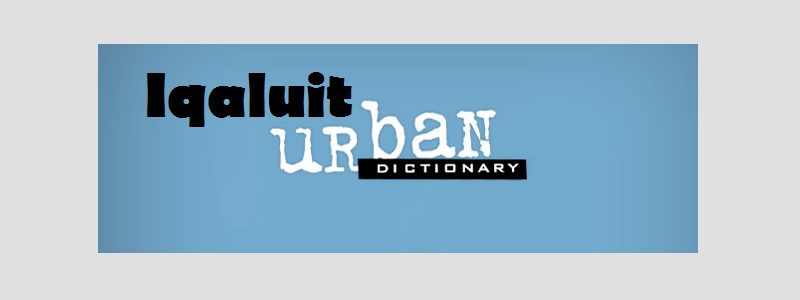
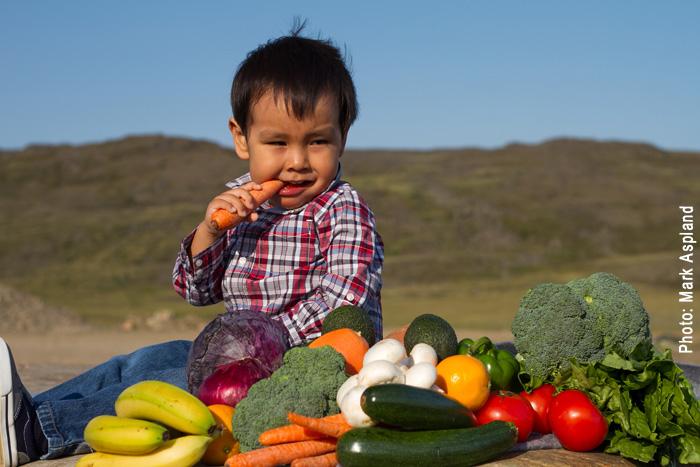



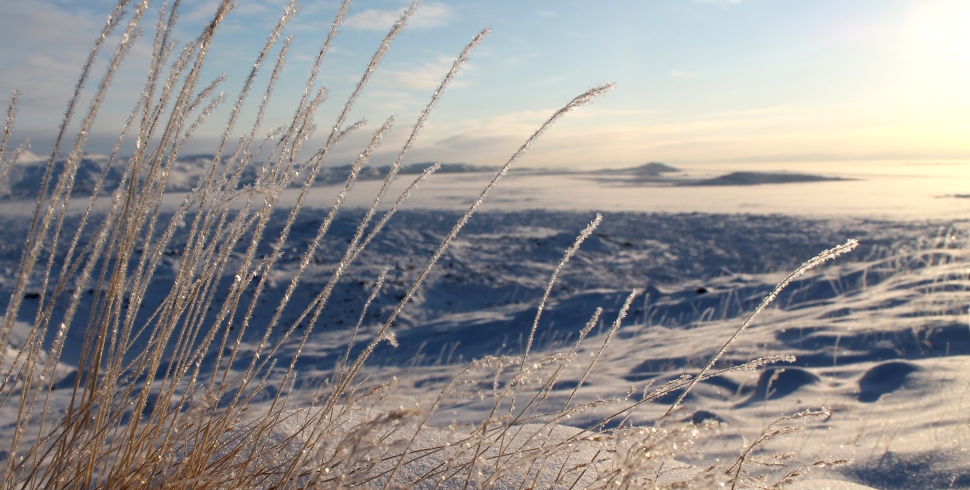
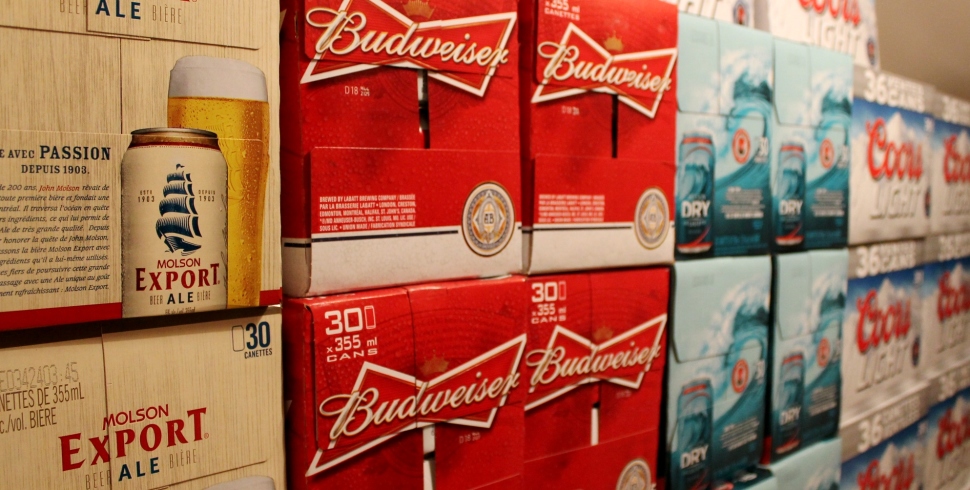
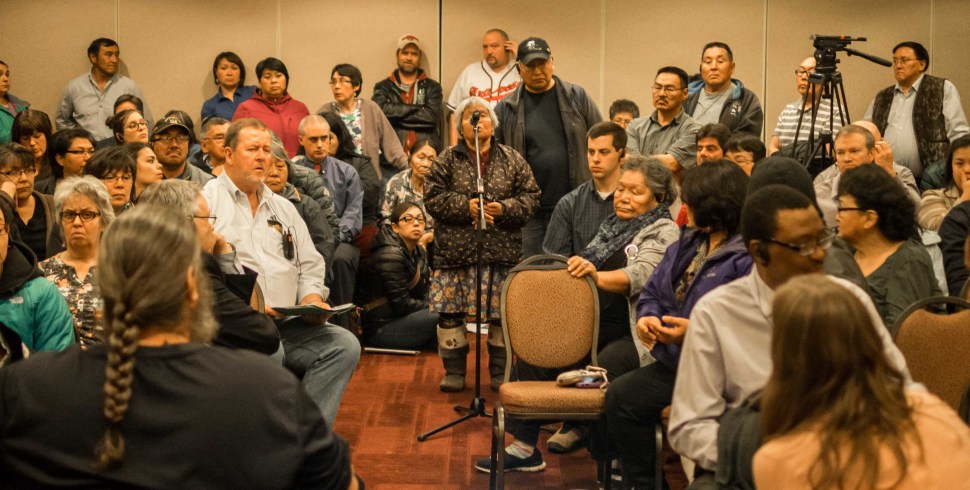


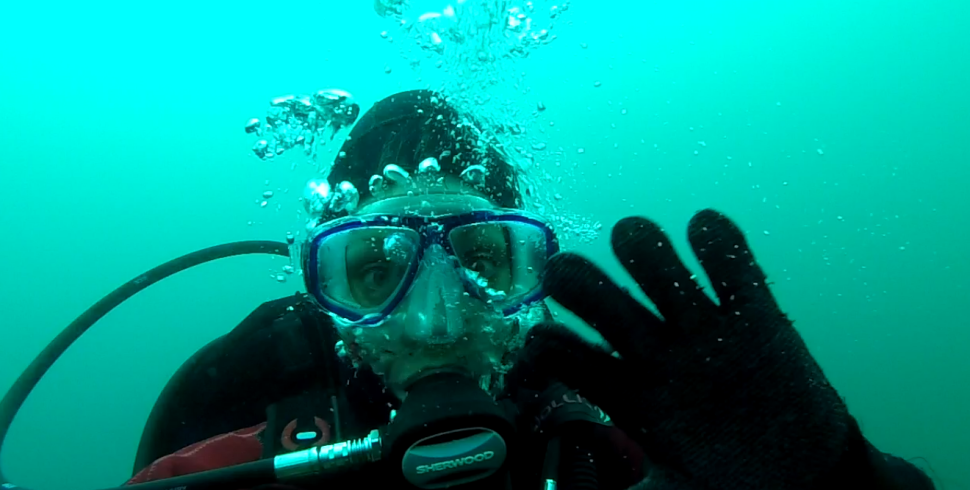
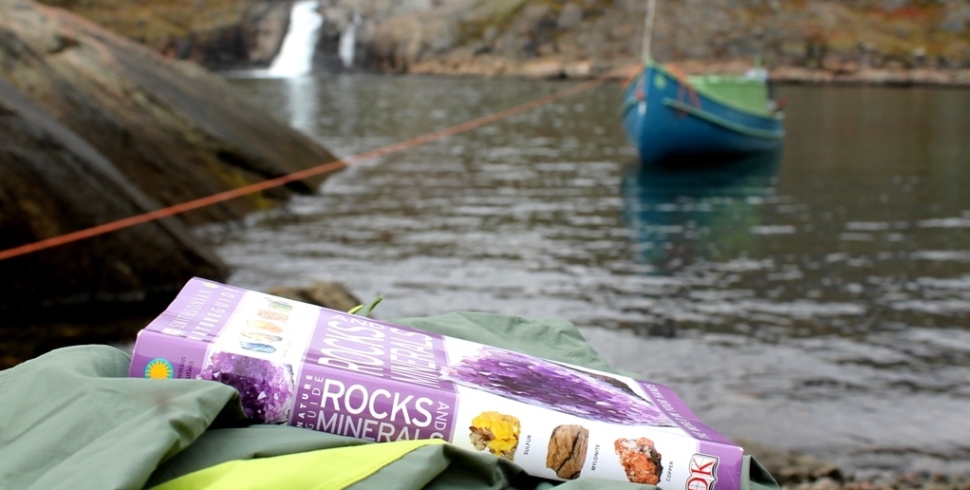
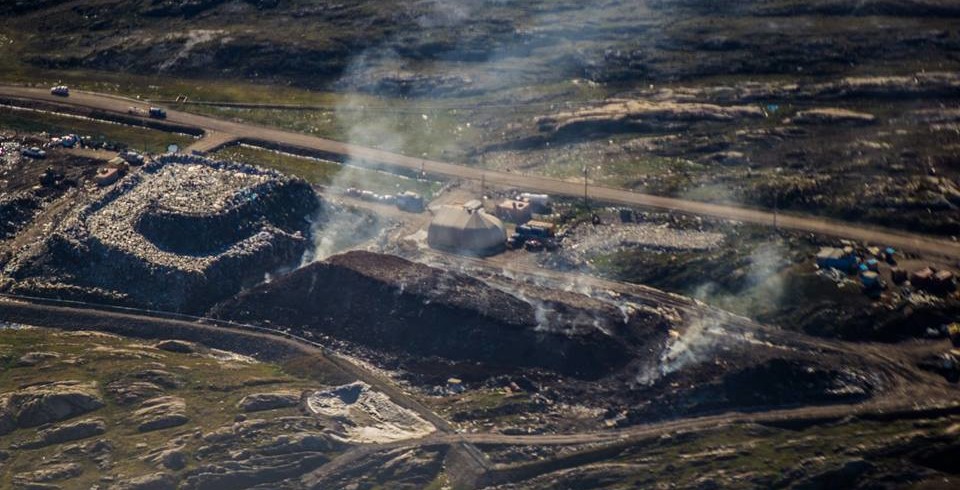

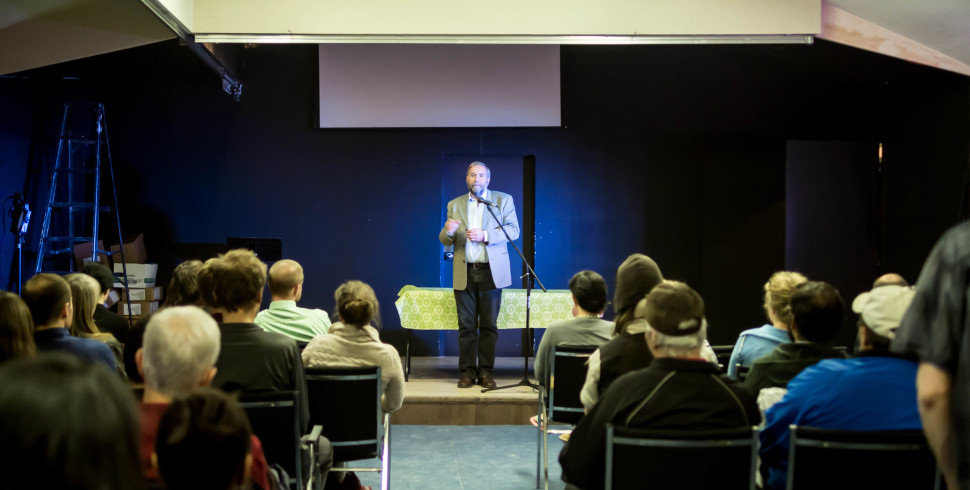

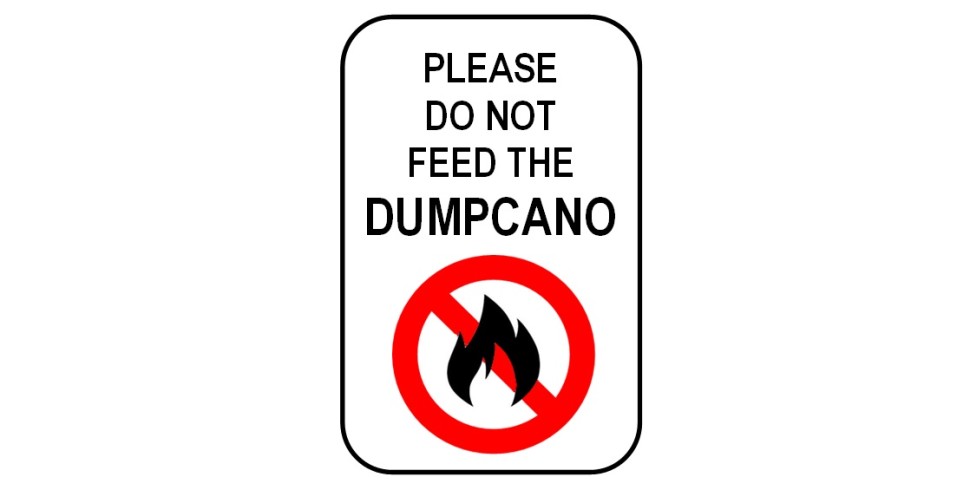
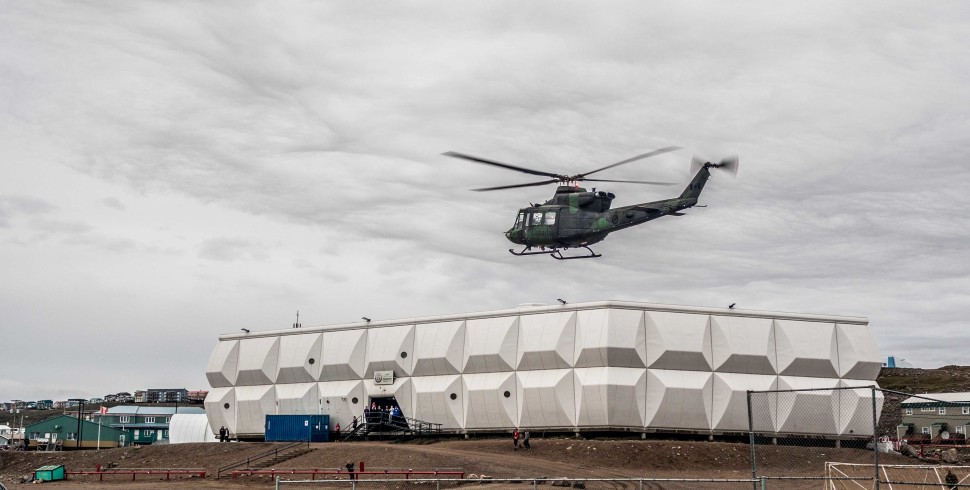

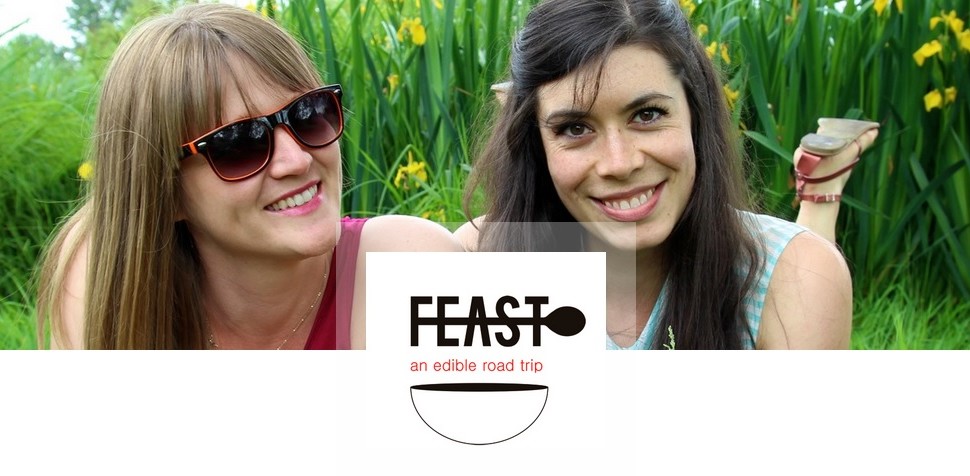
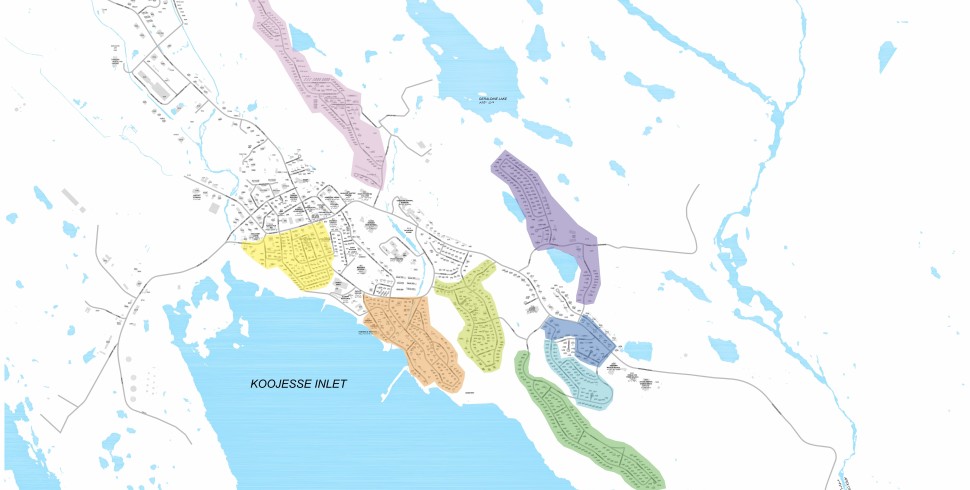
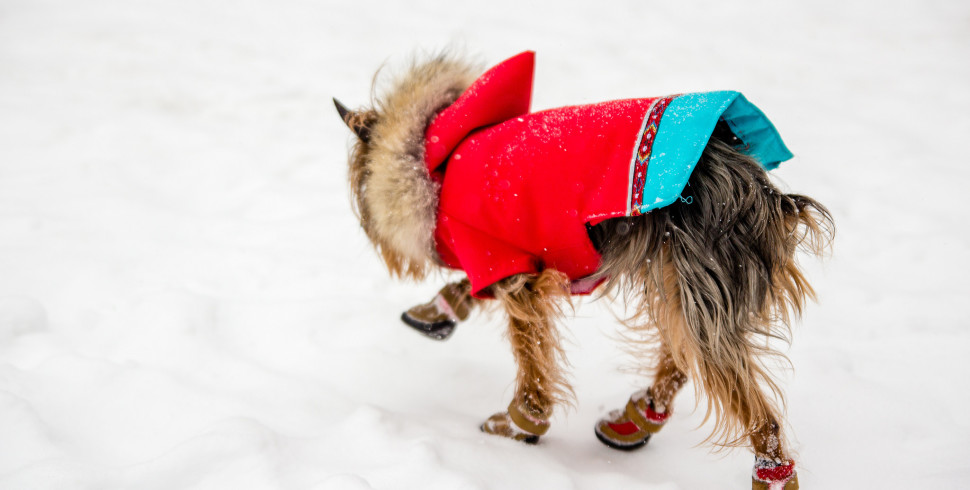
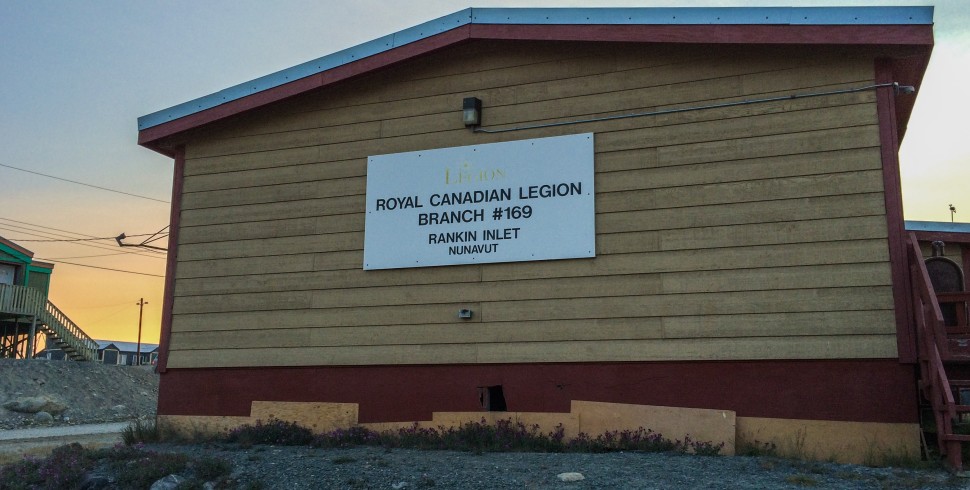
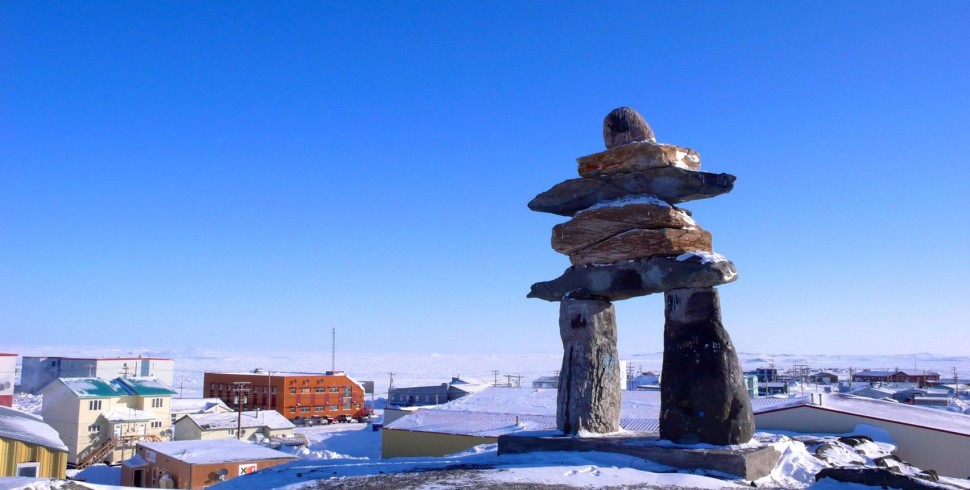
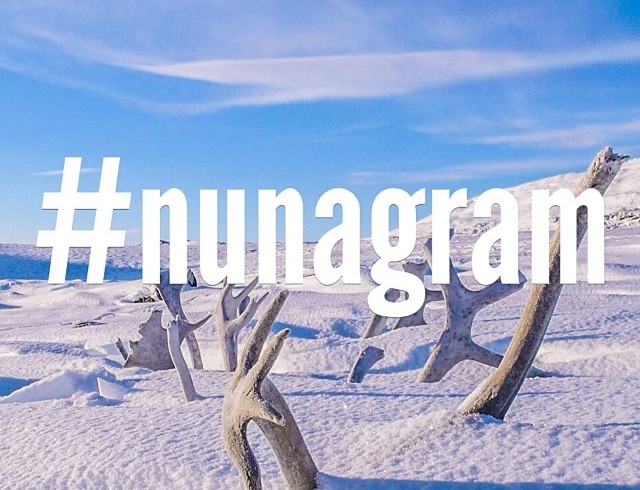
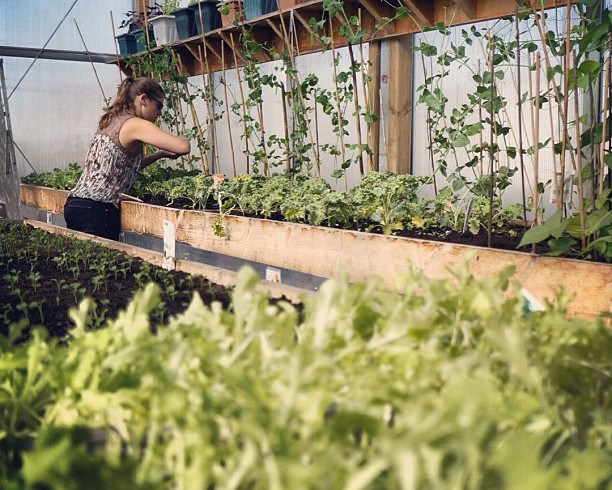

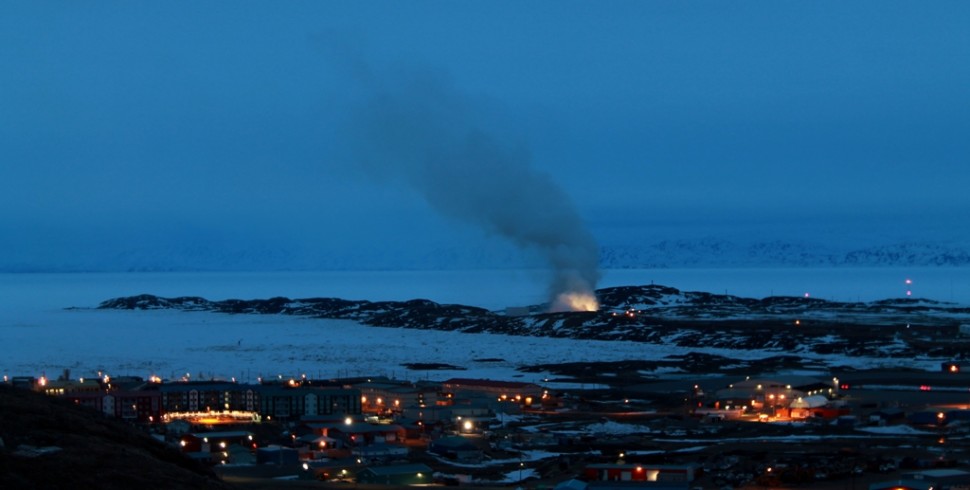

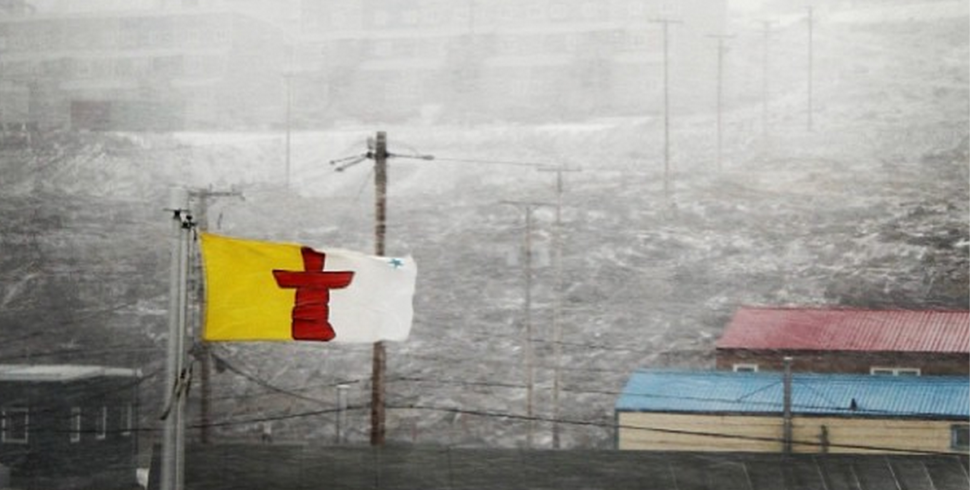
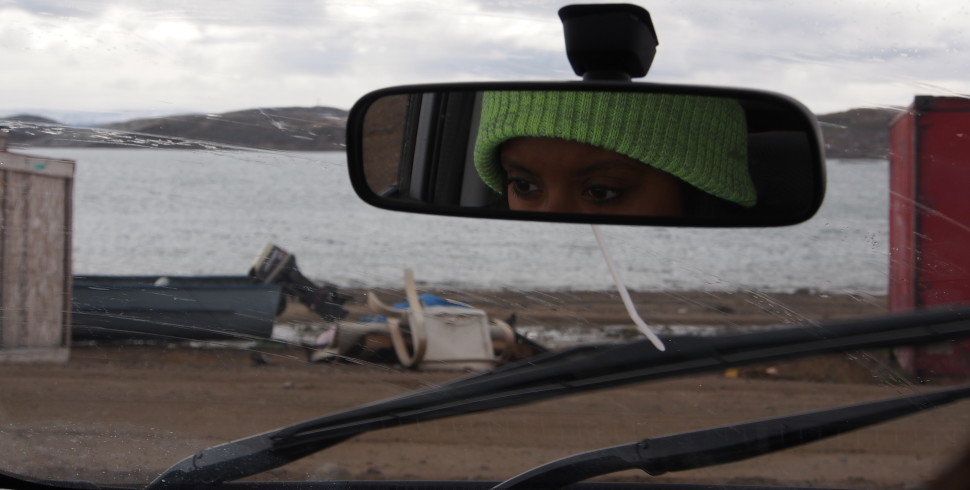
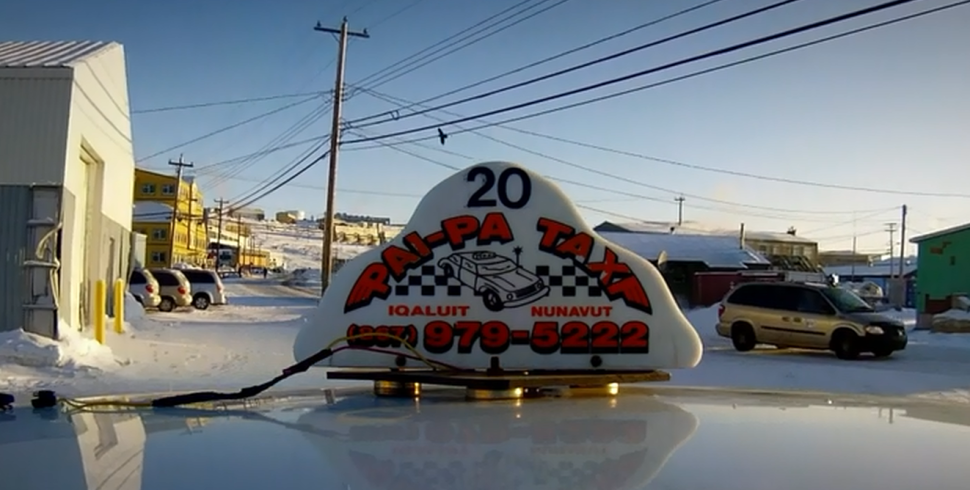

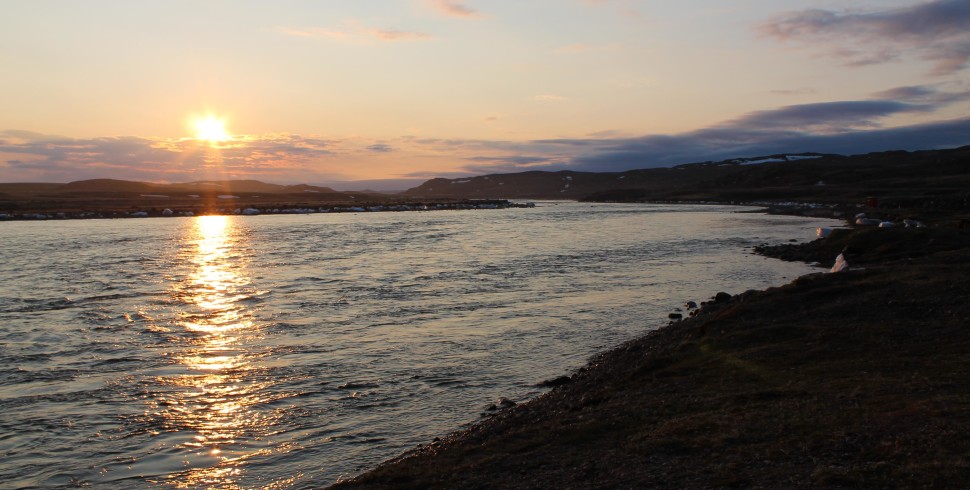
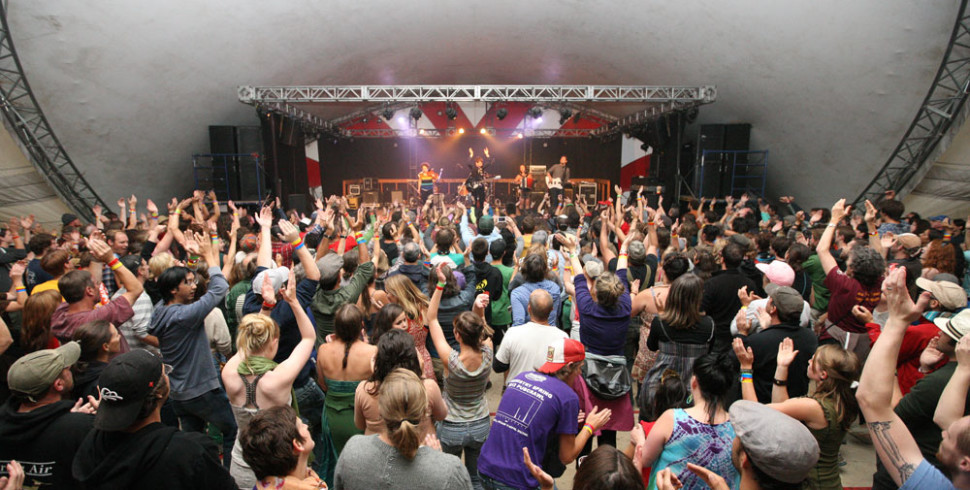
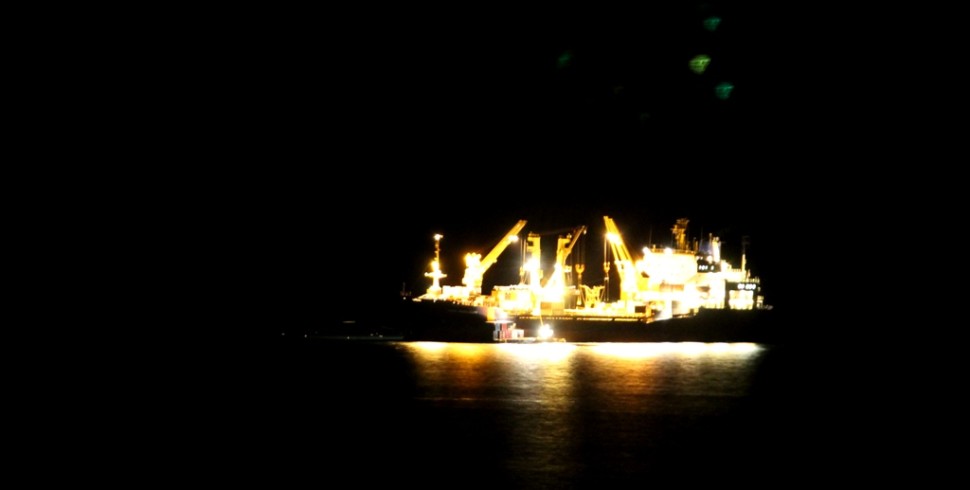
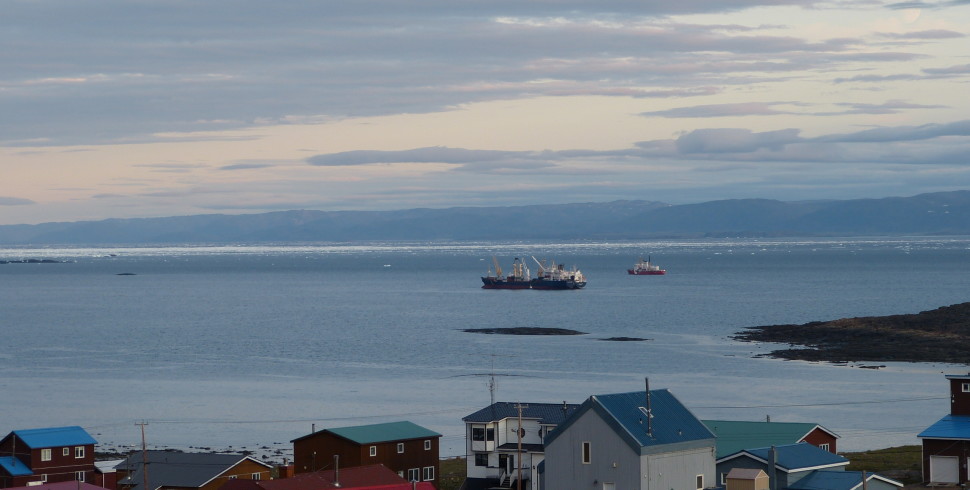
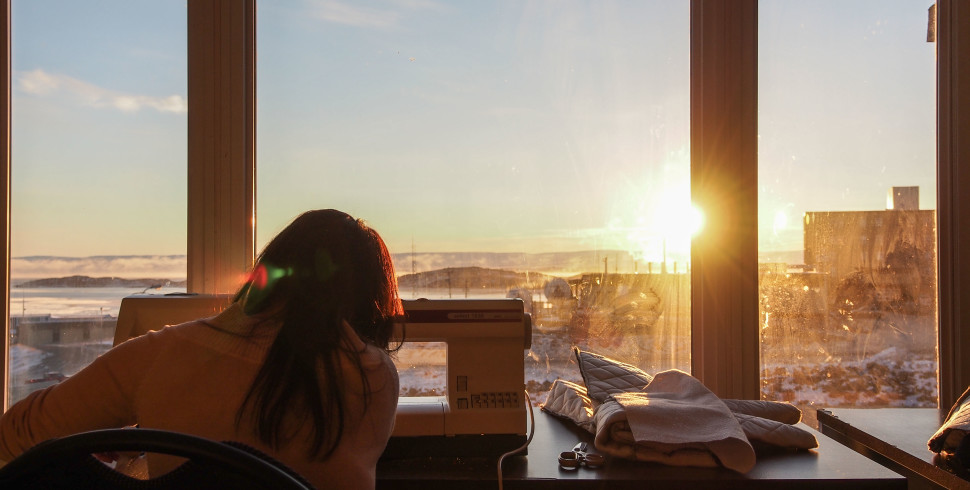
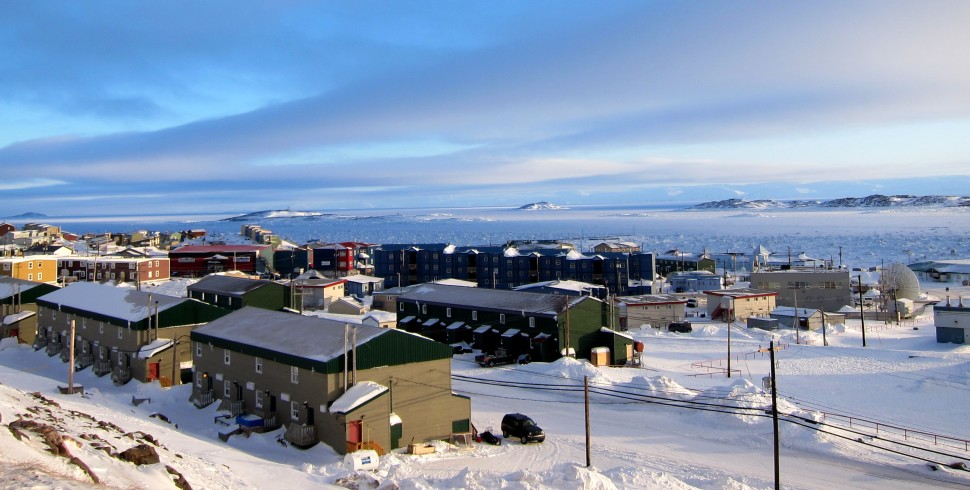
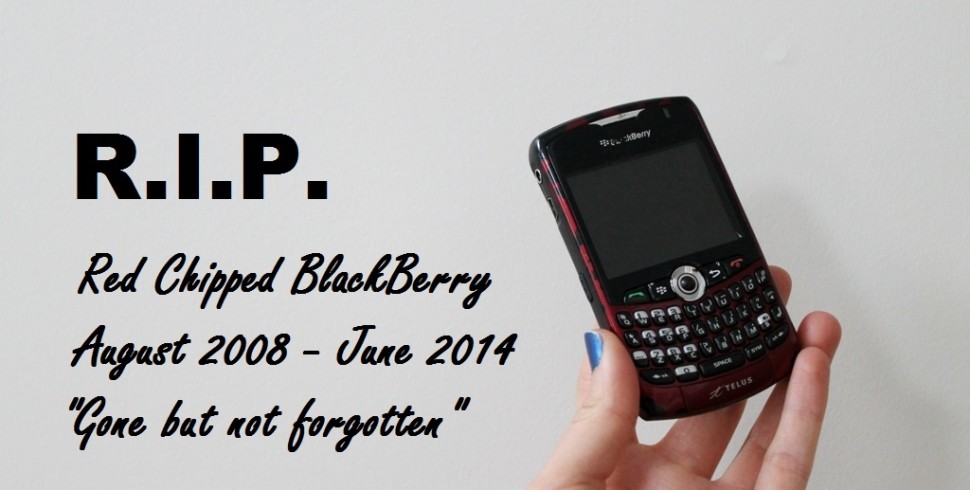
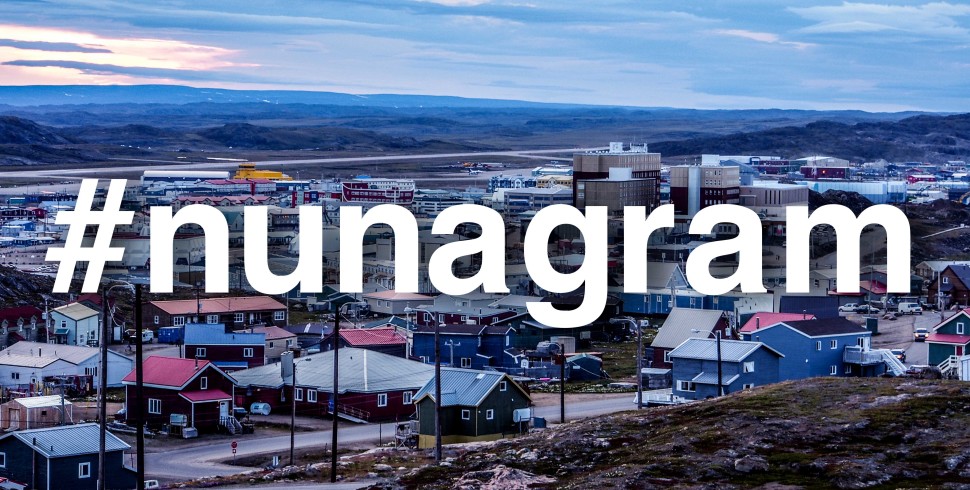
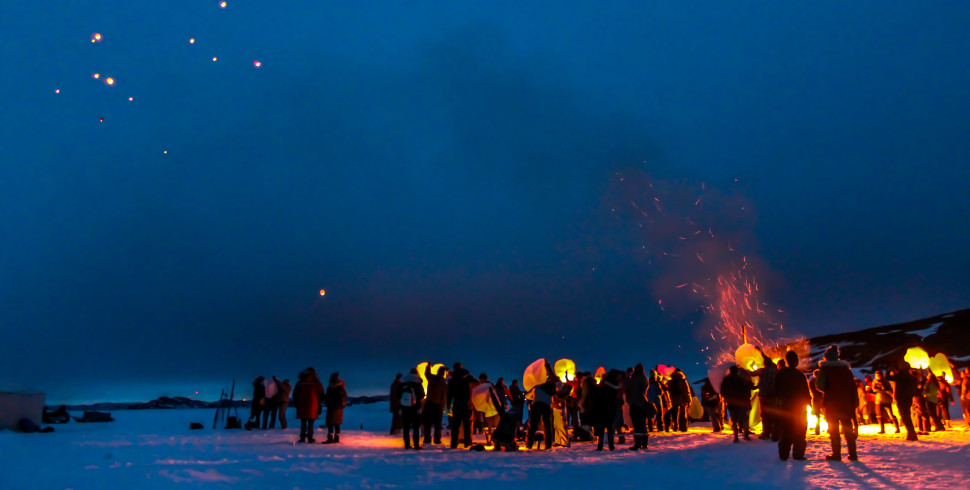
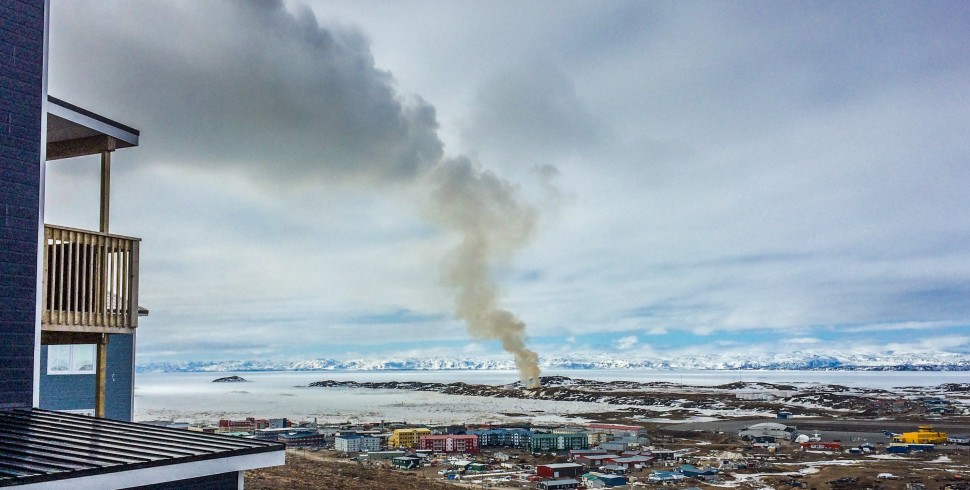


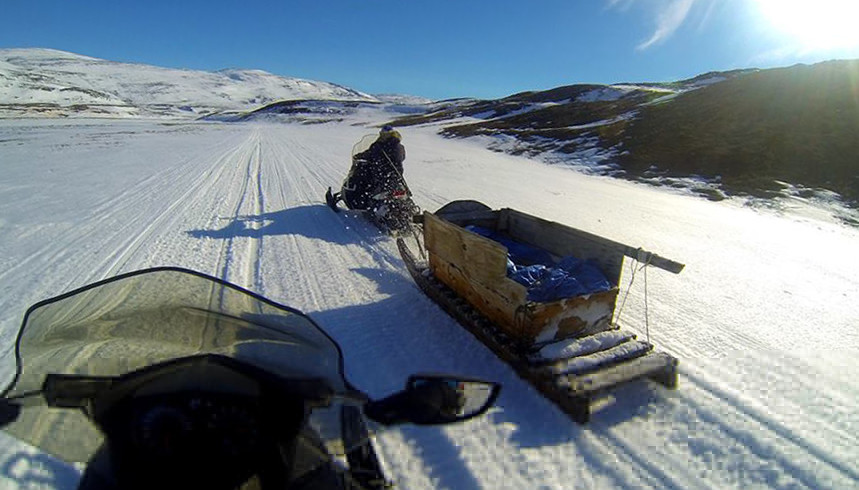
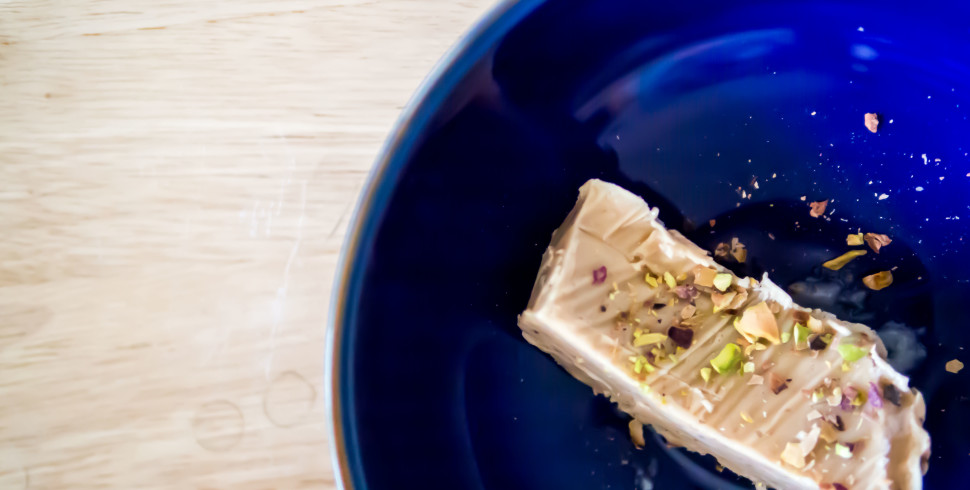
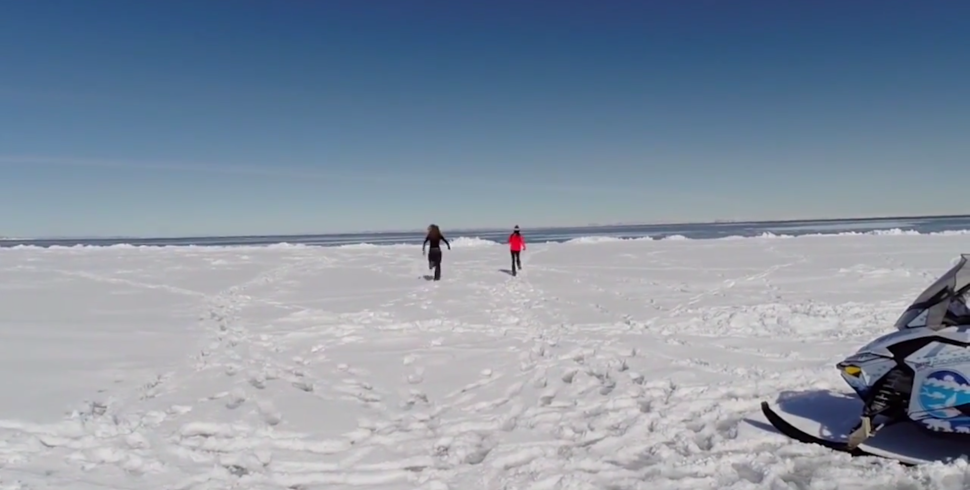
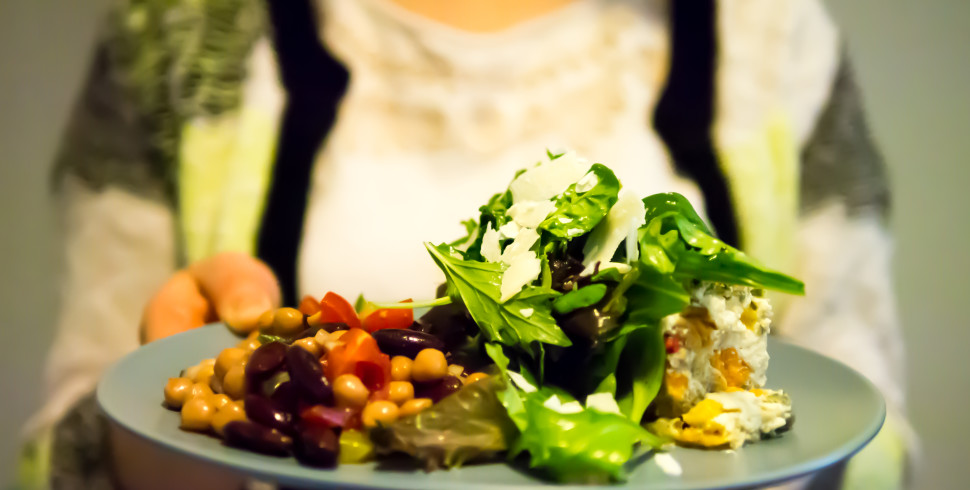

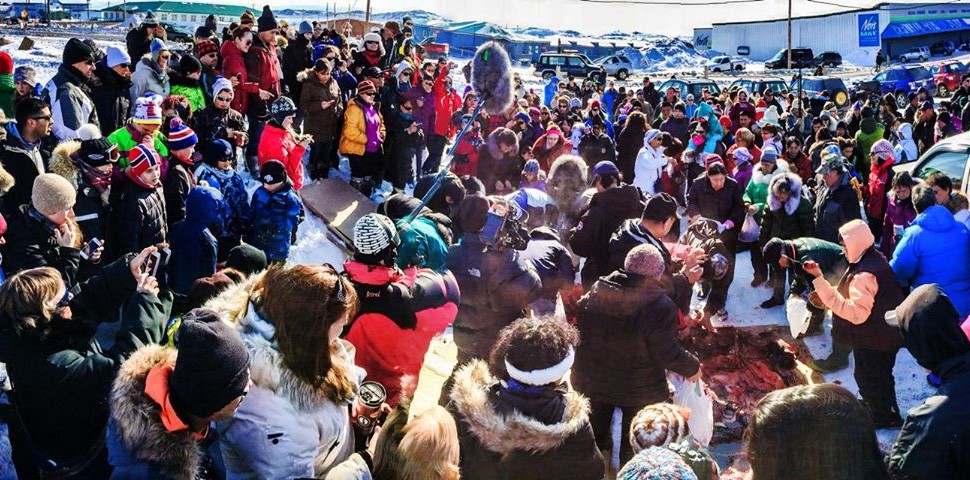

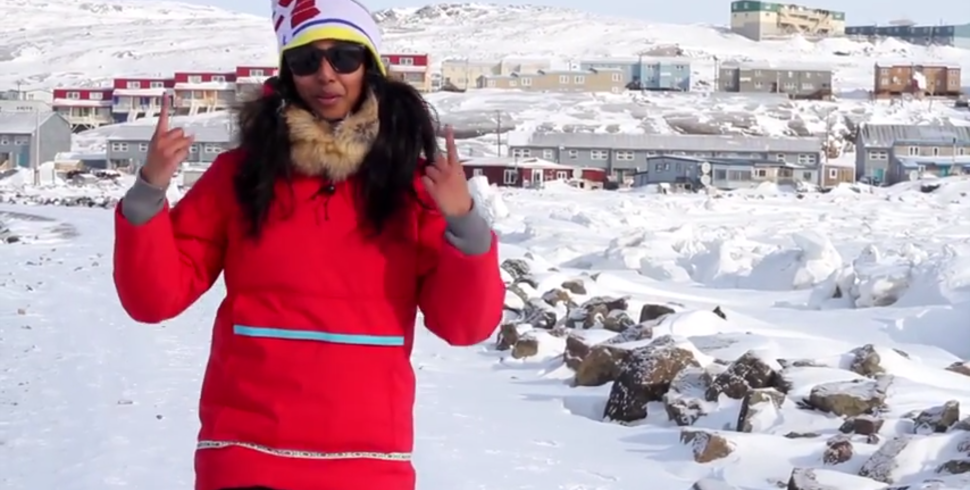
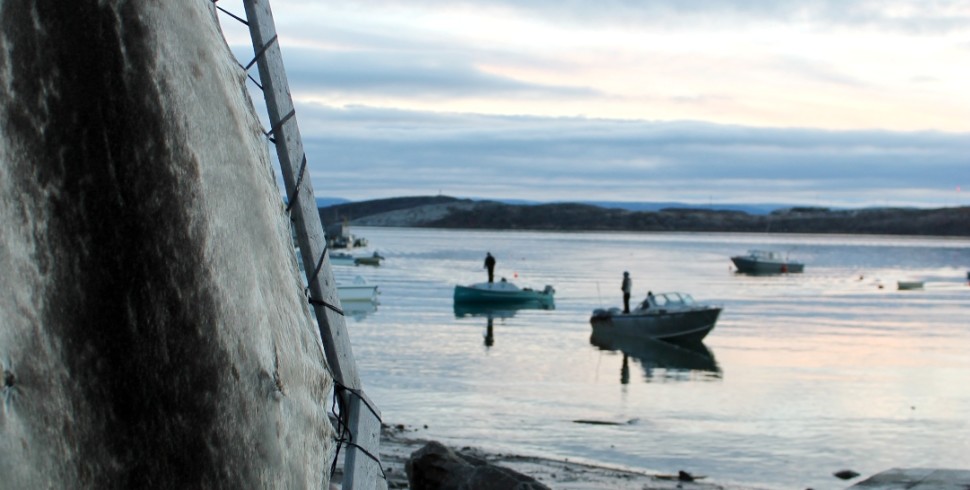
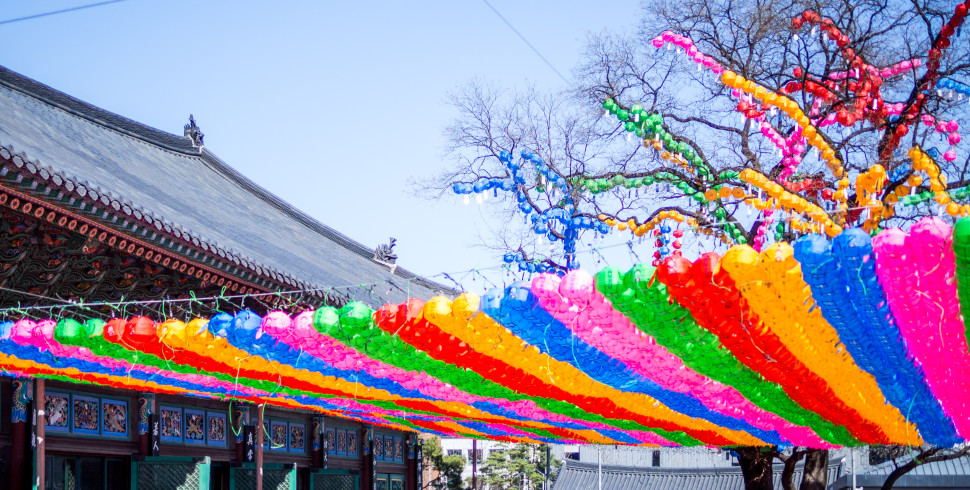
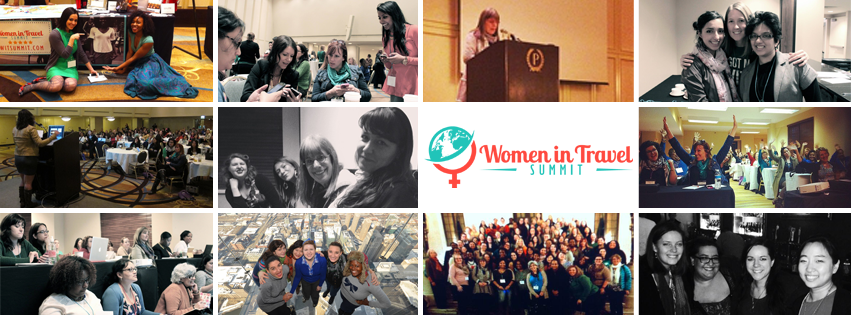
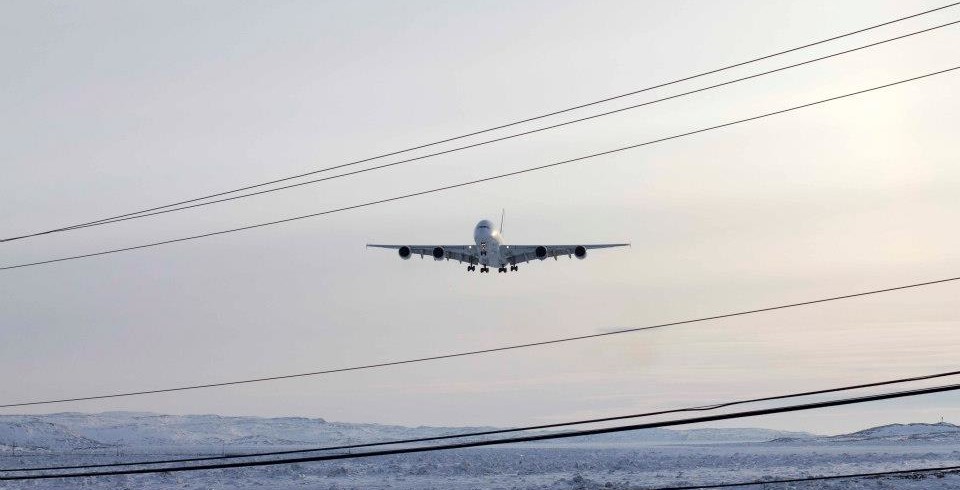

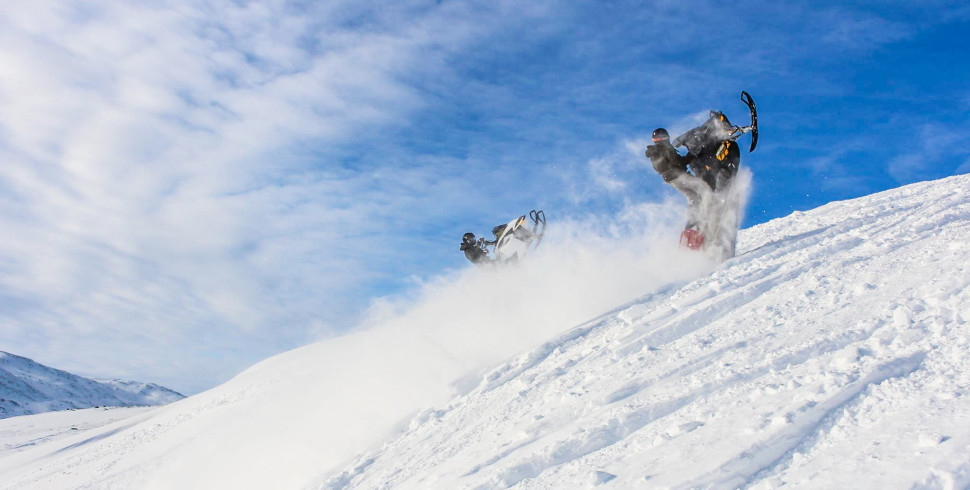
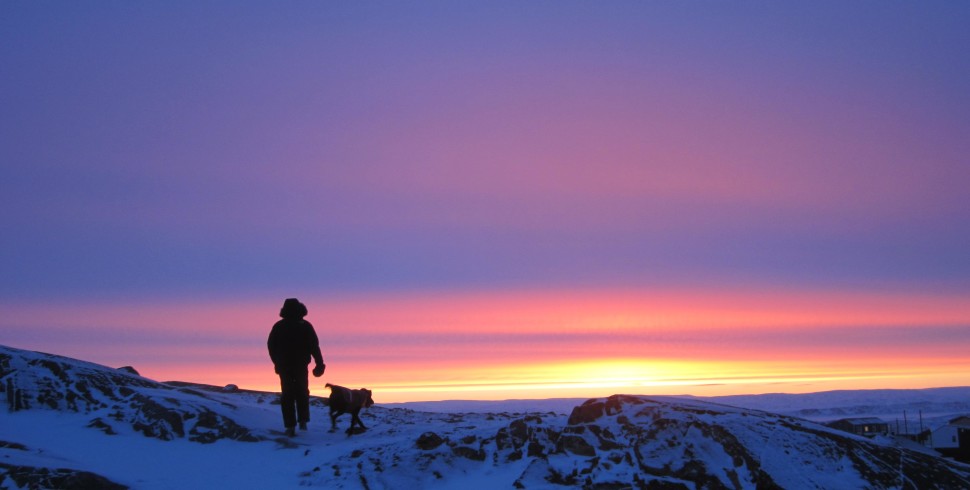
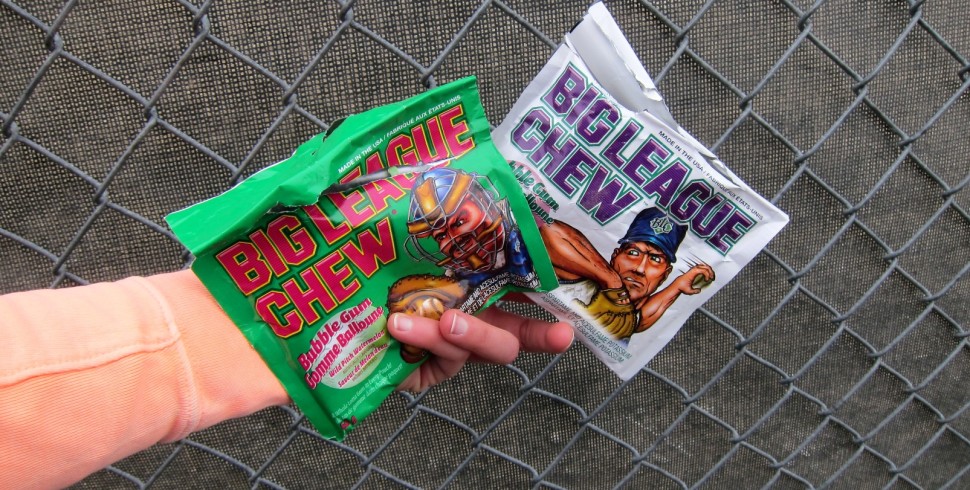
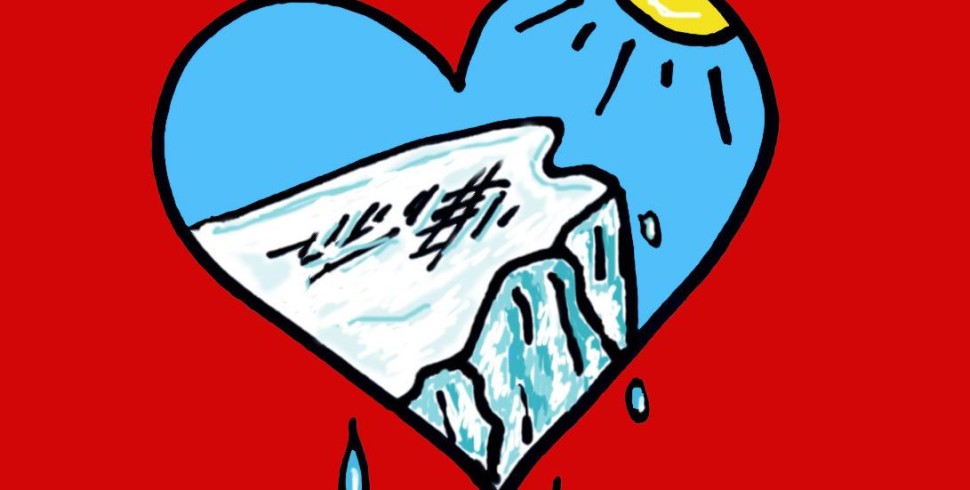
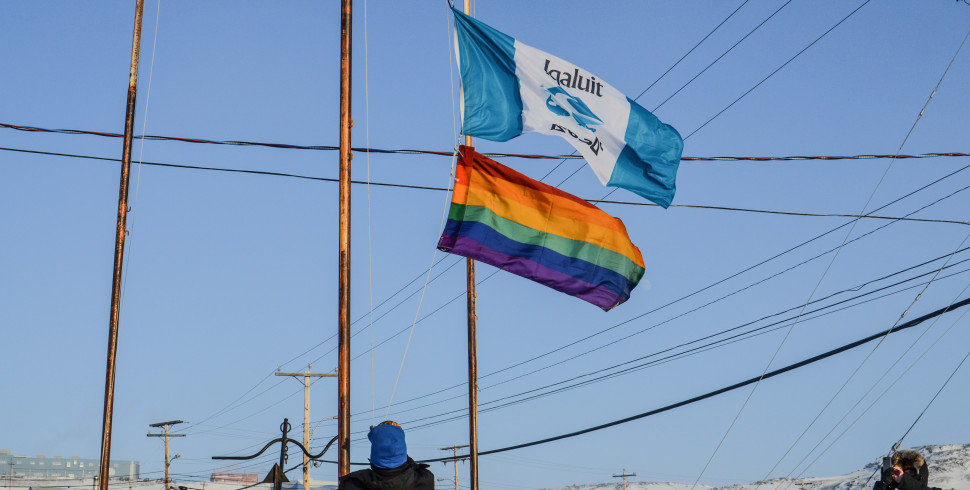
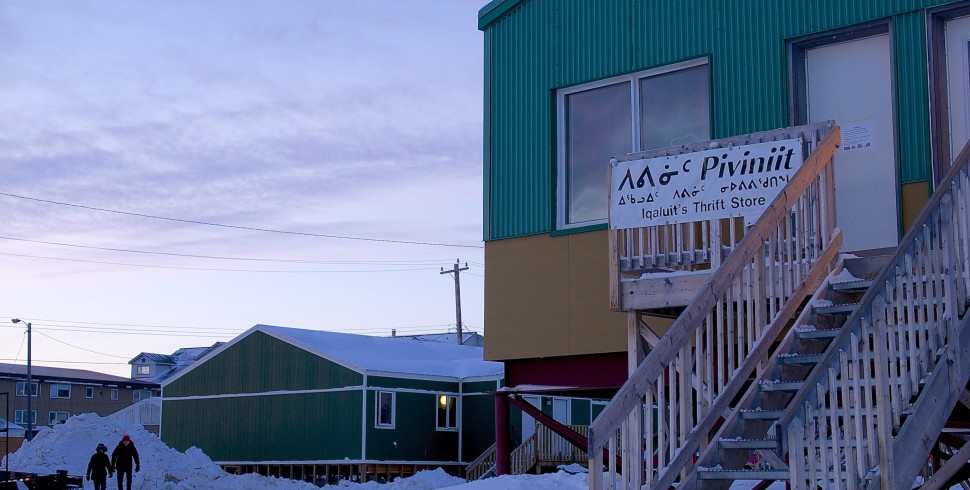
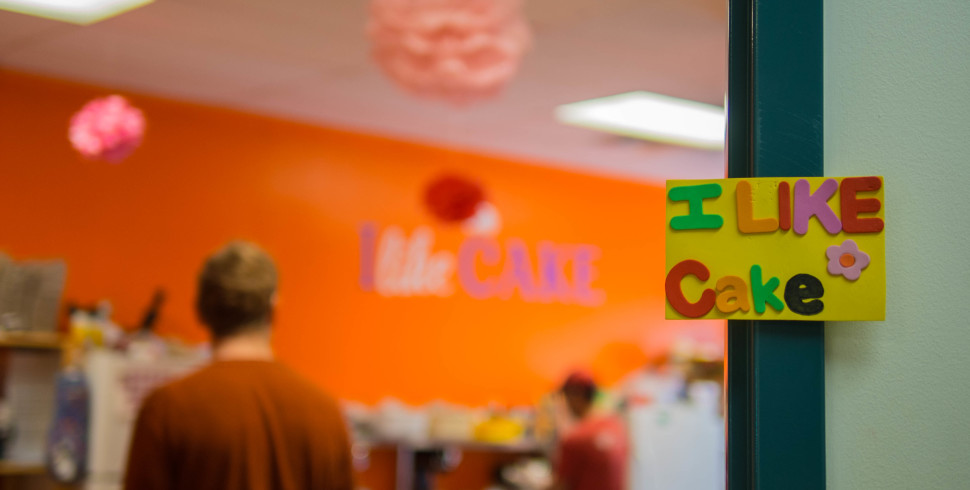
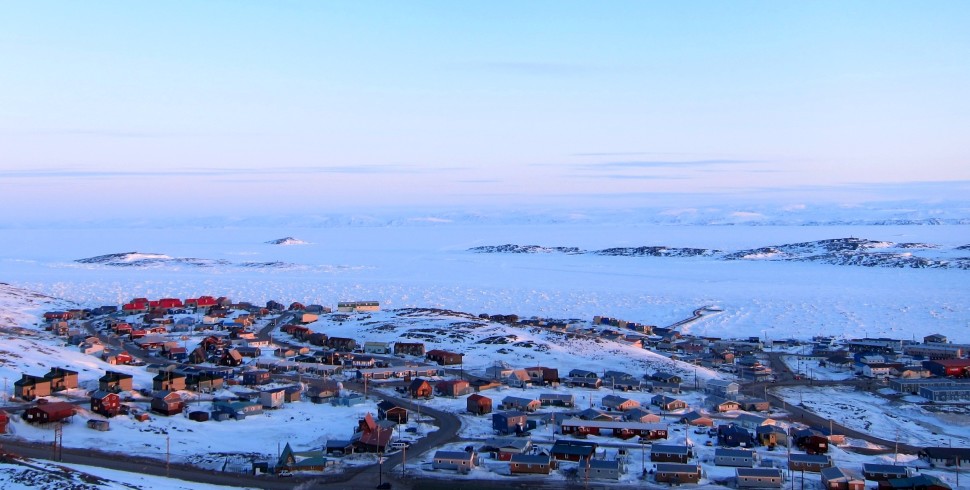
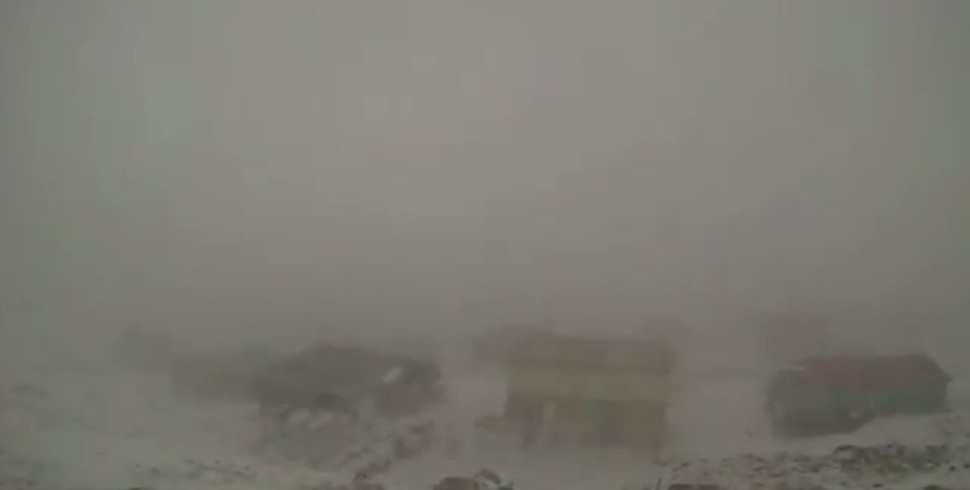
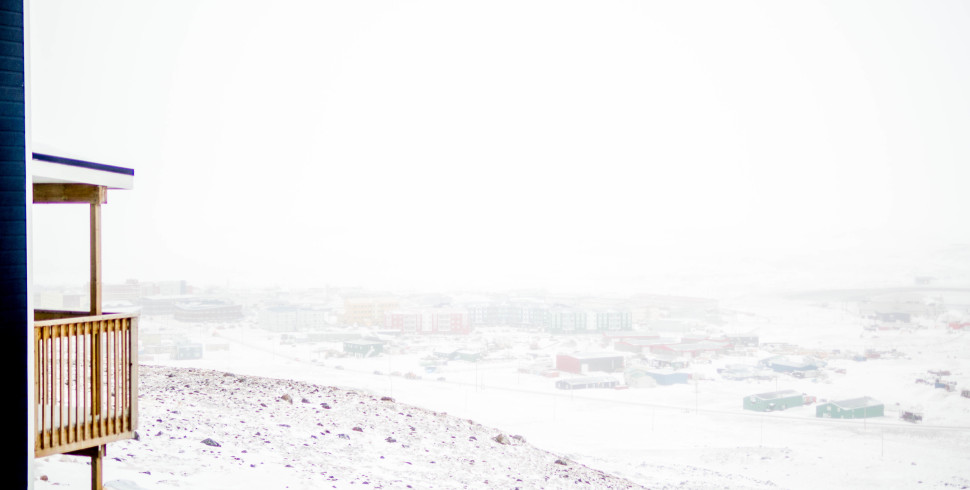
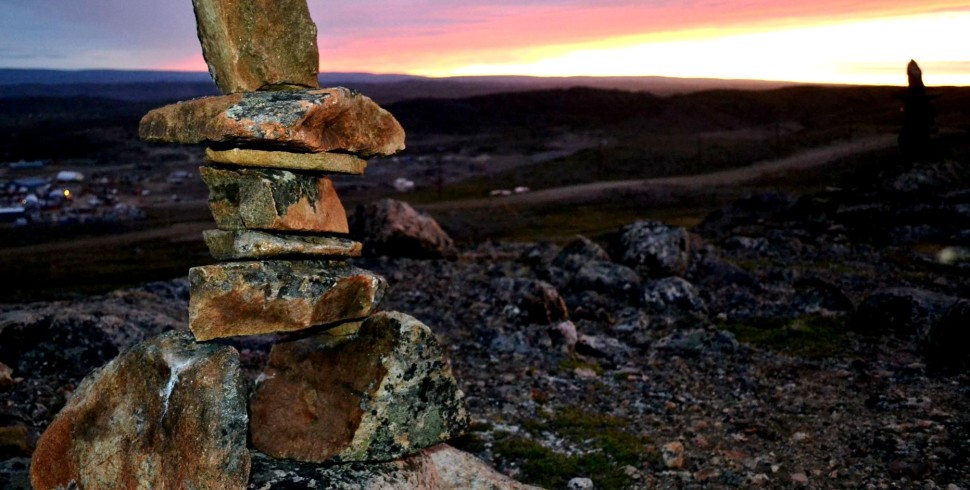

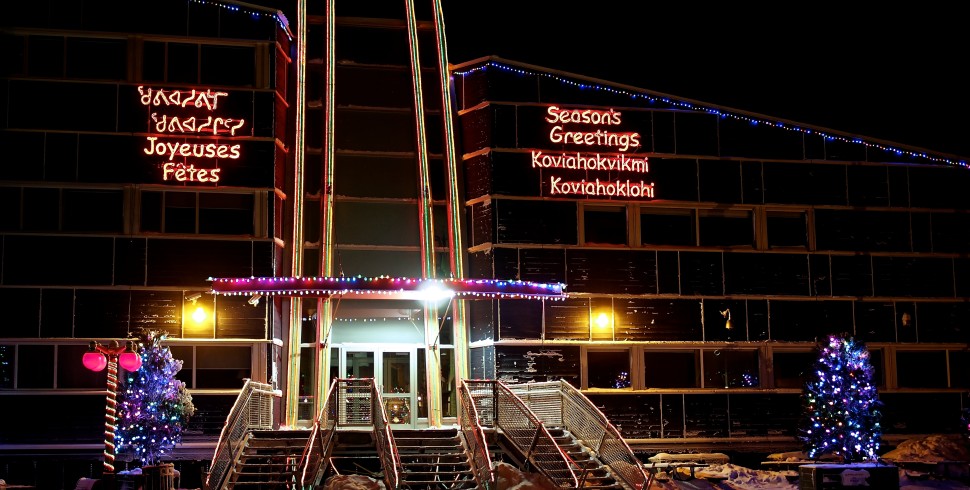
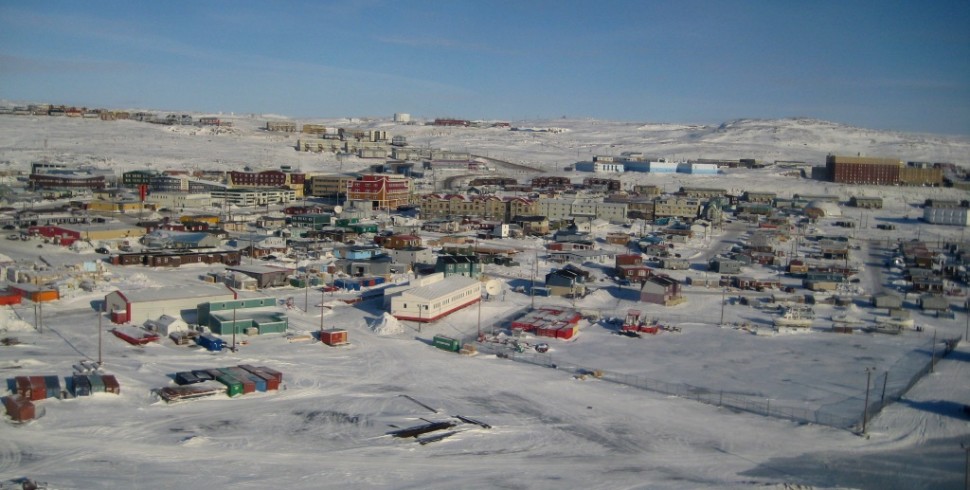


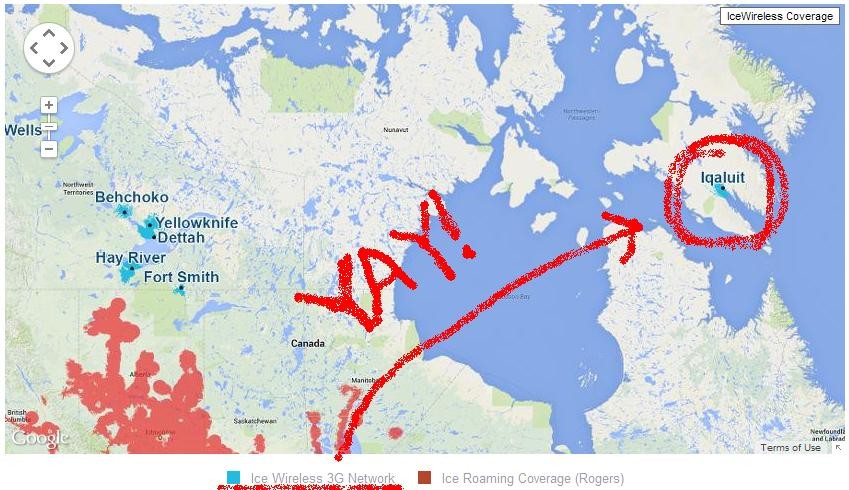
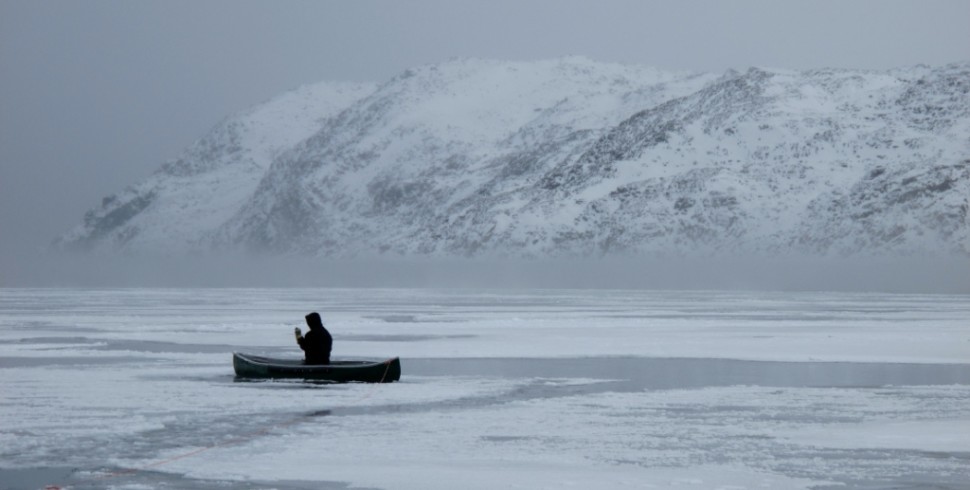
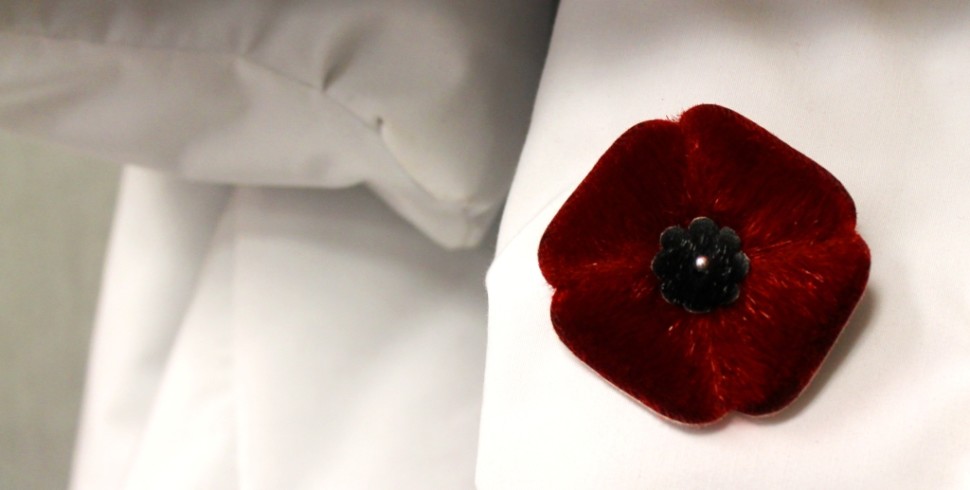
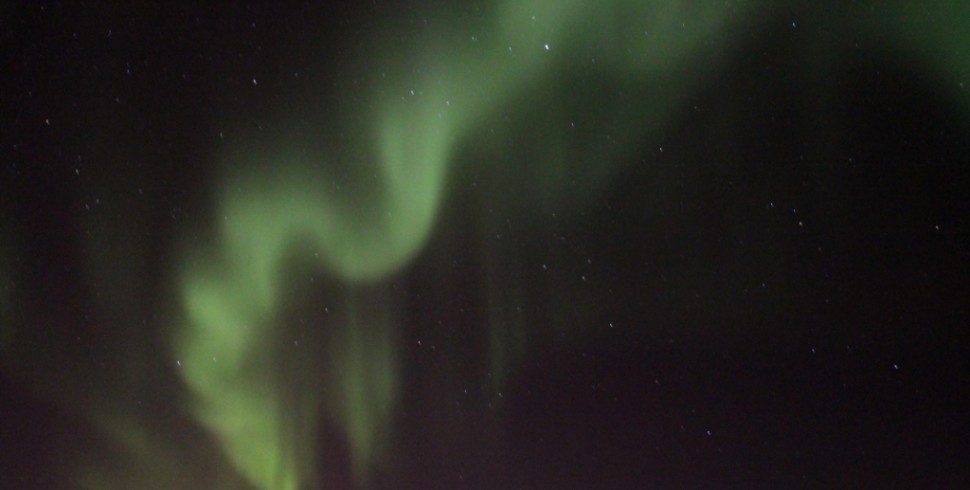
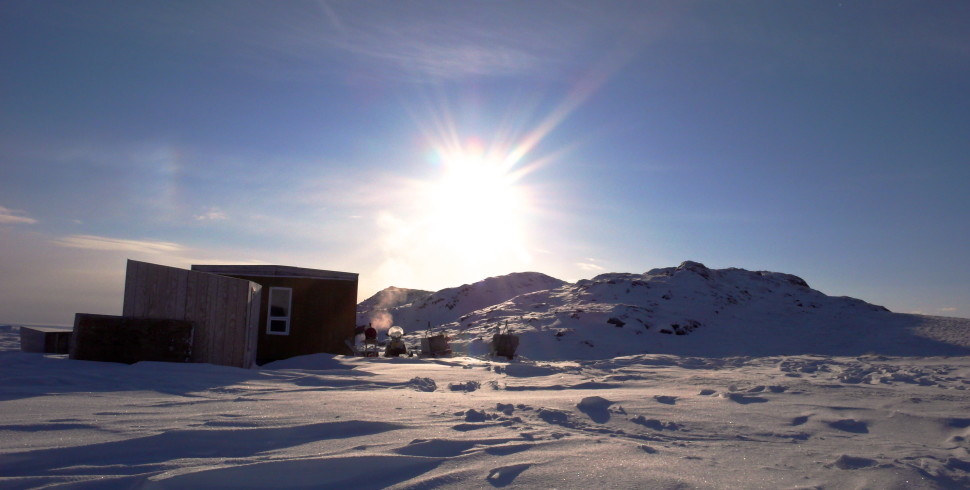
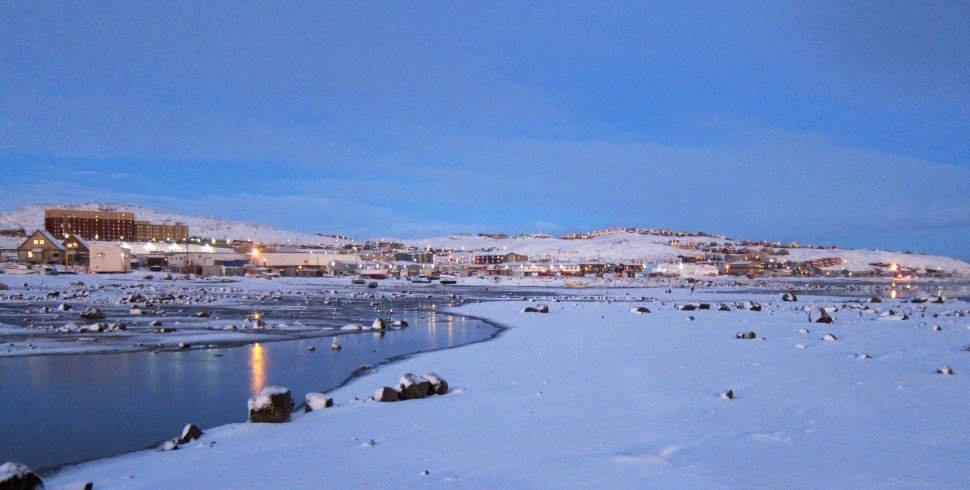
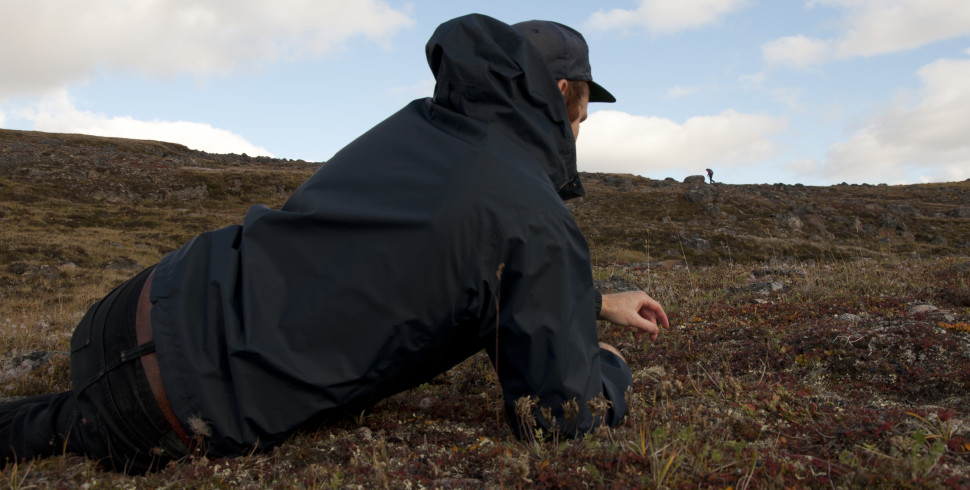
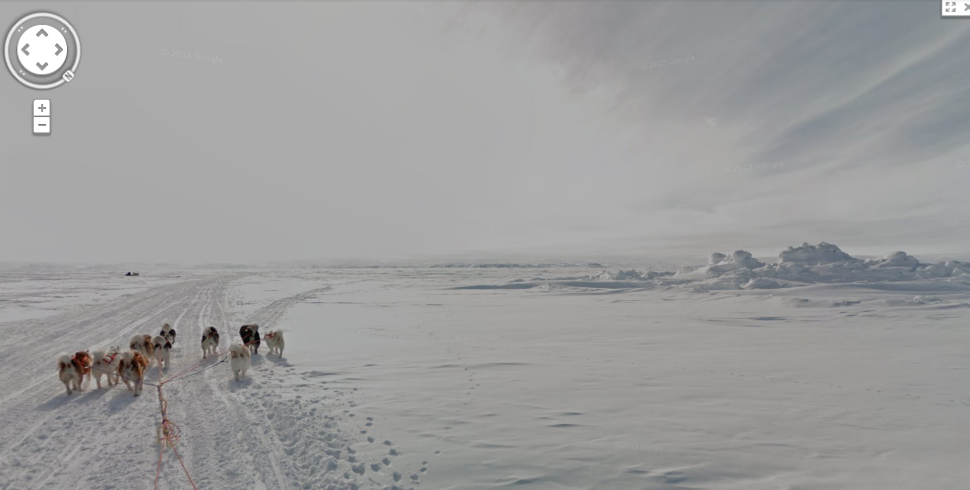

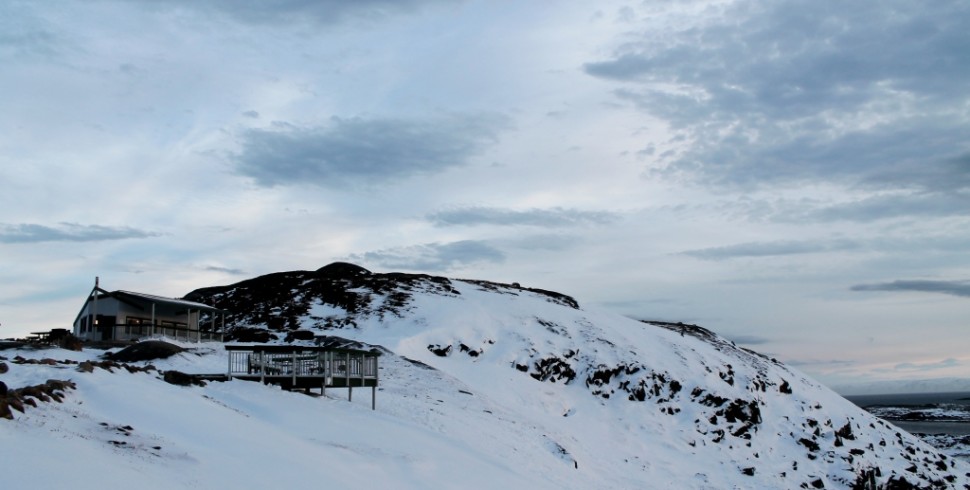
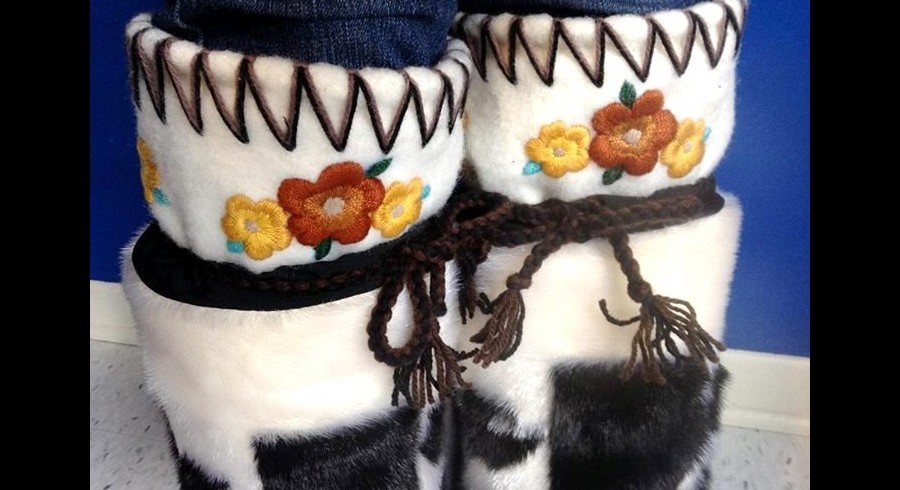
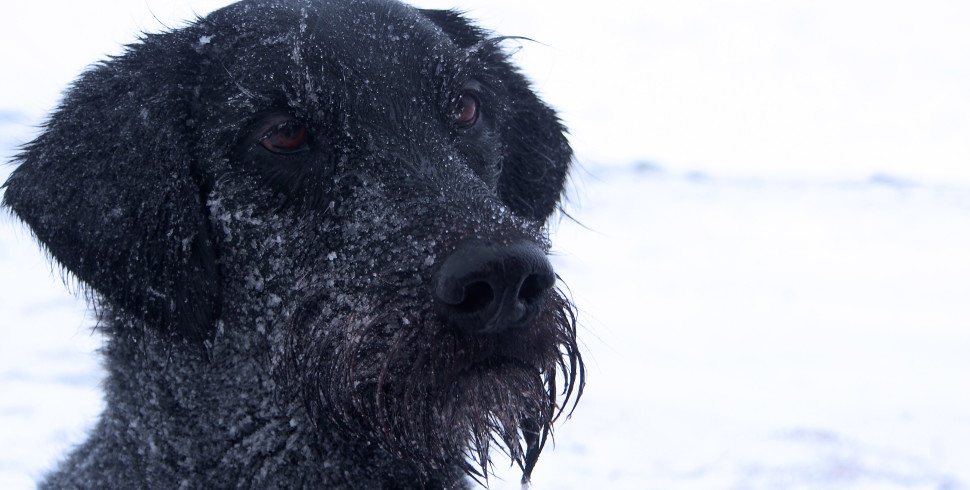
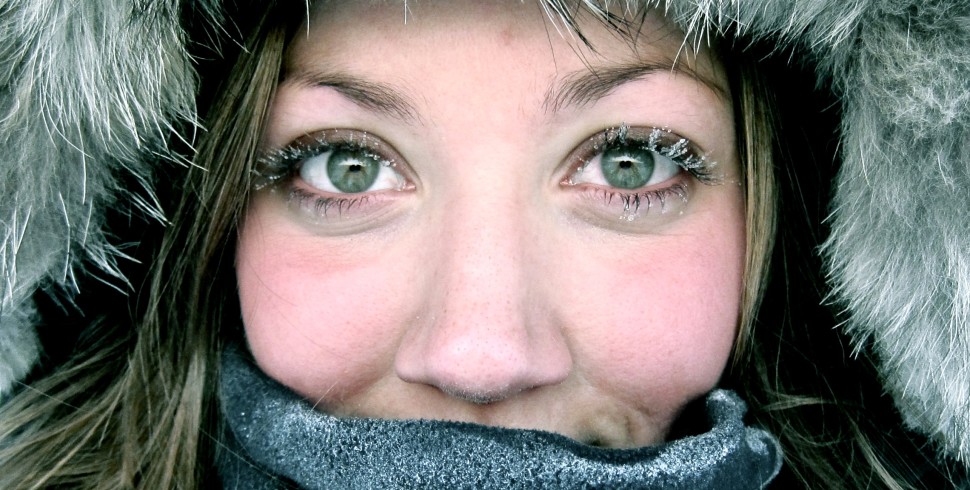


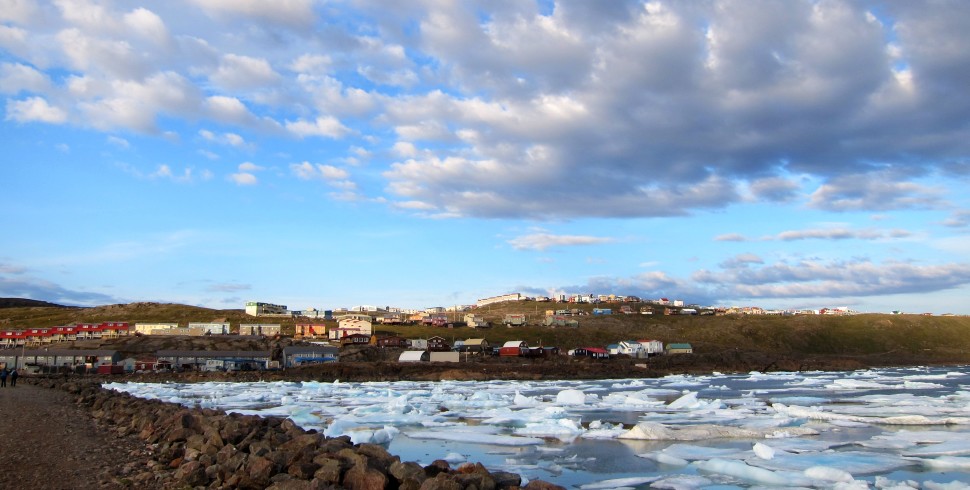
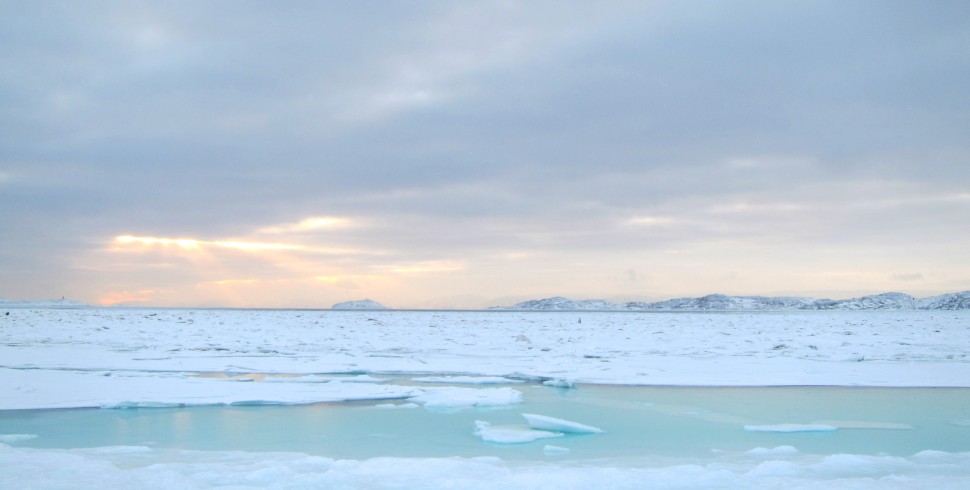
Great post guys, loved the images. Very worthwhile and timely topic. Keep up the good work.
Thank you so much, Curtis! Looking forward to seeing you in Iqaluit the next time you’re up.
Pingback: Canada's Toxic "Dumpcano" Finally Extinguished After Four Months | Inhabitat - Sustainable Design Innovation, Eco Architecture, Green Building
Pingback: Iqaluit Wing Night: Legion vs. Storehouse - Finding True North
Hello! I stumbled upon your blog through a reddit post. I was hoping you could give me more information as to the process you go through in the actual composting. I’m an environmentalist in Australia and find this topic very interesting.
Pingback: Yesterday Was an Awesome Day in Iqaluit - Finding True North